 Abraham Lincoln
If given the truth, the people can be depended upon to meet any national crisis...
Abraham Lincoln
If given the truth, the people can be depended upon to meet any national crisis...
 Guildford news...
for Guildford people, brought to you by Guildford reporters - Guildford's own news service
Guildford news...
for Guildford people, brought to you by Guildford reporters - Guildford's own news service
Birdwatcher’s Diary No.121
Published on: 22 Oct, 2016
Updated on: 22 Oct, 2016
By Malcolm Fincham
Taking advantage of the autumn sun as it continued to shine, we entered the first weeks of October. A last-minute decision was made to take a break to Rye Harbour, East Sussex.
Although just a few hours away from home, for my wife and I, it was a new adventure. ‘Slumming it’, as one might say, in what turned out to be quite a cosy caravan site, just yards away (conveniently) from the nature reserve there. Early morning walks were on the daily menu, up in time to walk out the door and take just a few steps to welcome the sun as it rose, while I walked around Rye Harbour Nature Reserve.
An autumnal, awareness of coolness could be felt there in the early morning air and with, at times, a keen breeze from the east. Out on the reserve, recent arrivals of wintering wigeon could be viewed.
Cormorants gathered on a raft, catching a photo of one as it flew in to join its pals.
Small groups of dabchicks fished independently in the shallow waters.
Several gadwall ducks, monogamous by nature, could be seen mostly in pairs, dabbling, often with their bottoms in the air as they feed on the vegetation just below the surface of the water. Often, these birds will pair up four to five months before their breeding season.
Flying over the reserve at at both dusk and dawn were small skeins of Canada geese, while a group of greylag dropped in. Landing on one of the islands to graze by the waters edge.
Also picking out a lone bar-tailed godwit as well as several black-tailed godwits too.
Distinguishing between the two godwits, shape and structure come into play. Bar-tailed is a shorter-necked, shorter-legged and stockier-looking bird than black-tailed, with an upward curvature to the bill that is visible in closer views.
Black-tailed is much more elegant, being longer-billed and longer-legged.
To separate them in winter plumage, one needs to look first at their upperpart patterning: black-tailed is uniformly plain smoky grey, whereas bar-tailed has strongly variegated upperparts with prominent pale feather fringes. (It is always useful to think of bar-tailed as having upperparts like a curlew.) Bar-tailed also shows a longer, more prominent supercilium.
Conveniently, a curlew was also nearby to help assist with such comparisons.
While a few redshanks wandered and probed the mudflats.
As the tide in the estuary ebbed, little ringed plovers, recognised best by their golden eye rings, fed on invertebrates that had been left behind.
Alongside the a few turnstones joined in, sifting through the pebbles, turning them over, as their name suggests.
Along with dunlins, which were more skittish, often taking flight in a small flock.
Surprisingly, perhaps by some, for me the most entertaining were the herring gulls there. Taking advantage of the low tide, a few of those, often cursed little souls, had evolved in their intellect. Plucking muscles from the estuary walls, they took flight back to dry land.
Hovering high above the footpath they would choose their moment.
Releasing them from their beaks at a suitable hight so as to crack them open on the tarmac below. Swooping down to eat the contents inside.
Occasionally, to my amusement, a young gull would lurk on the ground, snatching the spoils and making off.
Back on the main part of the reserve, goldfinches gathered in a large flock of more than 100 birds.
Linnets, in a similar sized grou,p joined in feeding on seed heads of thistles.
Seen along with a few reed buntings.
As well as numerous stonechats.
While groups of meadow pipits merged in with the undergrowth.
Catching the sight of several wheatears was an added bonus too, with one in particular very confiding. Posing for a few close up pictures, soon to head for its winter stay in Africa.
And a few stragglers in the way of swallows were still passing through.
Just a few miles down the road from Rye Harbour, across the border in Kent, lies Dungeness.
Having only visited it once before in recent years to ‘twitch’ an Acadian flycatcher, on what was a memorable, drab and drizzly day. Although breezy this time, it was a certainly more hospitable on this occasion.
Despite being classed as the UK’s only desert, it has quite a fascinating uniqueness about it, with its flat and barren landscape, and a few inhabited (and uninhabited) buildings randomly placed around it.
Also possessing its very own nuclear power station!
Close by is the RSPB Nature Reserve with pleasant and helpful members of staff running the visitors centre there.
Entering the reserve, we had to drive a little distance along a track that led to the car park, my wife pointed out a fox hidden in the undergrowth. Stopping to watch it for a while and hoping to get a decent photo, it decided to squat and relieve itself.
Adding to the usual ‘suspects’ there, my best sightings of the day included a glossy ibis that was residing there.
Although the feel of the October sunshine was noticeably weakening, it was still warm enough for a few dragonflies to challenge my ID abilities.
Including two of which I’m guessing to be male and female southern hawkers.
Looking out from one of the hides at what is known as the Arc, on another part of the reserve, among the various waders there was a host of golden plovers.
Also picking out a few grey plovers.
Across the far side of the lagoon alongside a few little egrets, I counted at least eight great white egrets along the far bank.
Having only just visited the Isle of Sheppey during my last report, and although not visiting the yellow-tailed scorpions on this occasion it was a pleasant change to see the island by daylight.
Usually visiting the island in mid-winter, it was most unusual not to feel the icy breezes that blows across this mostly flat and empty landscape on this, usually bleak island.
Winter waders and wildfowl had already started growing in numbers there. Both teal and wigeon were abundant, as they dabbled together out on the pools.
Common snipe, as always, were not so easy to spot in their camouflaged outfits. Often overlooked until taking flight.
Lapwings were abundant but appeared more nervous about the various birds of prey that patrolled the area. Often the first to take to the air at the hint of sighting a raptor.
Marsh harriers are a common sight there, often seen flying low across the landscape, looking to pick off an unsuspecting meal.
Another bird of prey they need to be vigilant of there is the peregrine. Known historically as the ‘duck hawk’ in North America. Formidable hunters that prey on other birds hitting them mid-flight, peregrines hunt from above and, after sighting their prey, drop into a steep, swift dive that can top 200 miles an hour.
Distant to the eye, were large flocks of geese including a white looking one. A snow goose perhaps?
So as the sun set on our enjoyable, relaxing break we made our way home.
Despite hopes of picking out one of the many ring ouzels and yellow-browed warblers passing through the southern counties during the first weeks of October, both while we were away, and on our return I fell dismally short on setting eyes on either.
However, I am pleased for fellow local wildlife photographer James Sellen, for at least catching up with some ring ouzels that had made a brief stop at the Devil’s Punchbowl.
He has kindly allowed me to show a few of the pictures he took as they stopped off to feed on berries before continuing their journey south.
Responses to Birdwatcher’s Diary No.121
Leave a Comment Cancel replyPlease see our comments policy. All comments are moderated and may take time to appear. Full names, or at least initial and surname, must be given.
Recent Articles
- Burglar Jailed Thanks To Quick Action of Ash Resident
- Highways Bulletin for December
- Birdwatcher’s Diary No.318 Some Pre-Christmas Rambles
- Merry Christmas and a Happy New Year to All Our Contributors and Readers!
- More Units Added to Solums’s Station Redevelopment
- Vehicle Stop on Epsom Road Leads to Prolific Drug Gang Being Put Behind Bars
- Local Political Leaders Respond to Publication of the English Devolution White Paper
- Flashback: Guildford All Lit Up For Christmas – Then And Now
- City Earn Themselves a Three Point Christmas Present
- Mayor’s Diary: December 23 – January 4


Recent Comments
- Jim Allen on Two Unitary Authorities, One Elected Mayor – Most Likely Devolution Outcome for Surrey
- Mike Smith on Two Unitary Authorities, One Elected Mayor – Most Likely Devolution Outcome for Surrey
- Angela Richardson on Two Unitary Authorities, One Elected Mayor – Most Likely Devolution Outcome for Surrey
- Frank Emery on Two Unitary Authorities, One Elected Mayor – Most Likely Devolution Outcome for Surrey
- Paul Kennedy on Two Unitary Authorities, One Elected Mayor – Most Likely Devolution Outcome for Surrey
- Alan Judge on Dumped E-bike Provokes Questions
Search in Site
Media Gallery
Dragon Interview: Local Artist Leaves Her Mark At One of England’s Most Historic Buildings
January 21, 2023 / No Comment / Read MoreDragon Interview: Lib Dem Planning Chair: ‘Current Policy Doesn’t Work for Local People’
January 19, 2023 / No Comment / Read MoreA3 Tunnel in Guildford ‘Necessary’ for New Homes, Says Guildford’s MP
January 10, 2023 / No Comment / Read More‘Madness’ for London Road Scheme to Go Ahead Against ‘Huge Opposition’, Says SCC Leader
January 6, 2023 / No Comment / Read MoreCouncillor’s Son Starts Campaign for More Consultation on North Street Plan
December 30, 2022 / No Comment / Read MoreCounty Council Climbs Down Over London Road Works – Further ‘Engagement’ Period Announced
December 14, 2022 / No Comment / Read MoreDragon Interview: GBC Reaction to the Government’s Expected Decision to Relax Housing Targets
December 7, 2022 / No Comment / Read MoreHow Can Our Town Centre Businesses Recover? Watch the Shop Front Debate
May 18, 2020 / No Comment / Read More




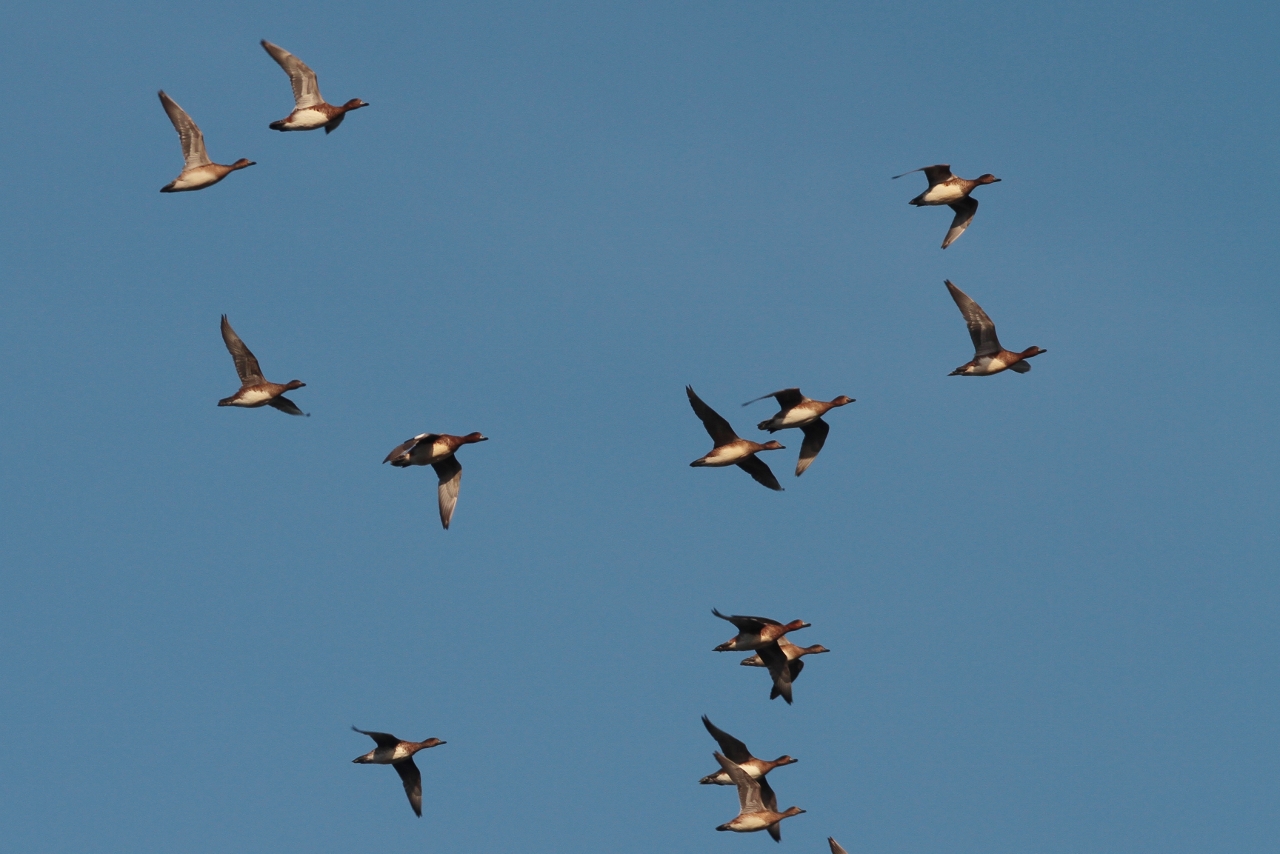
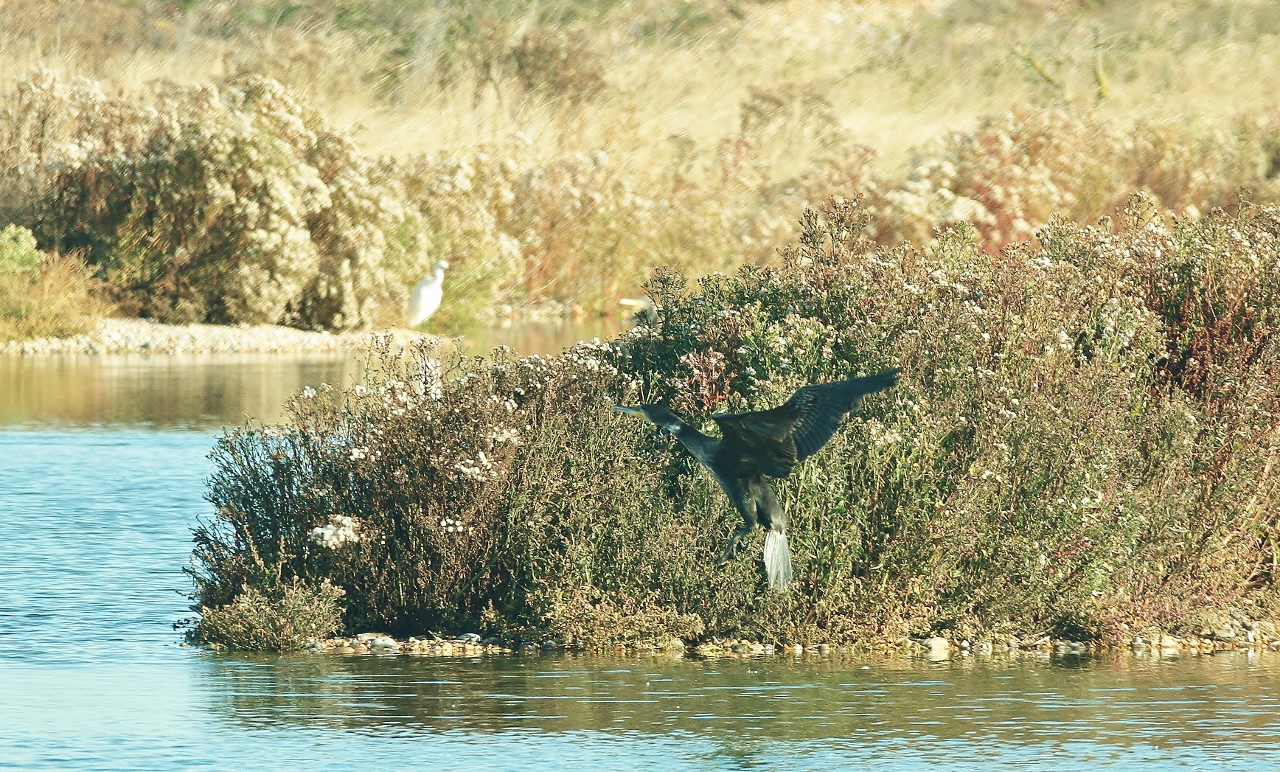
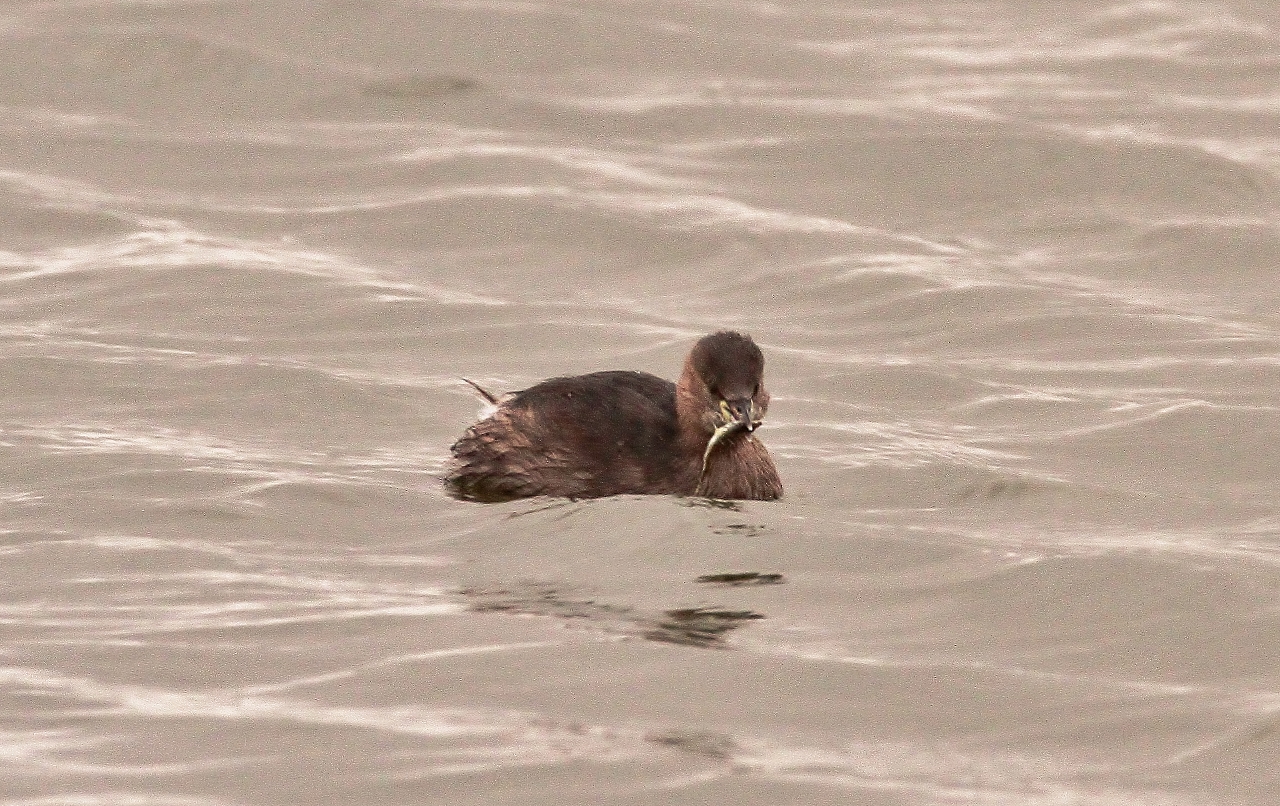
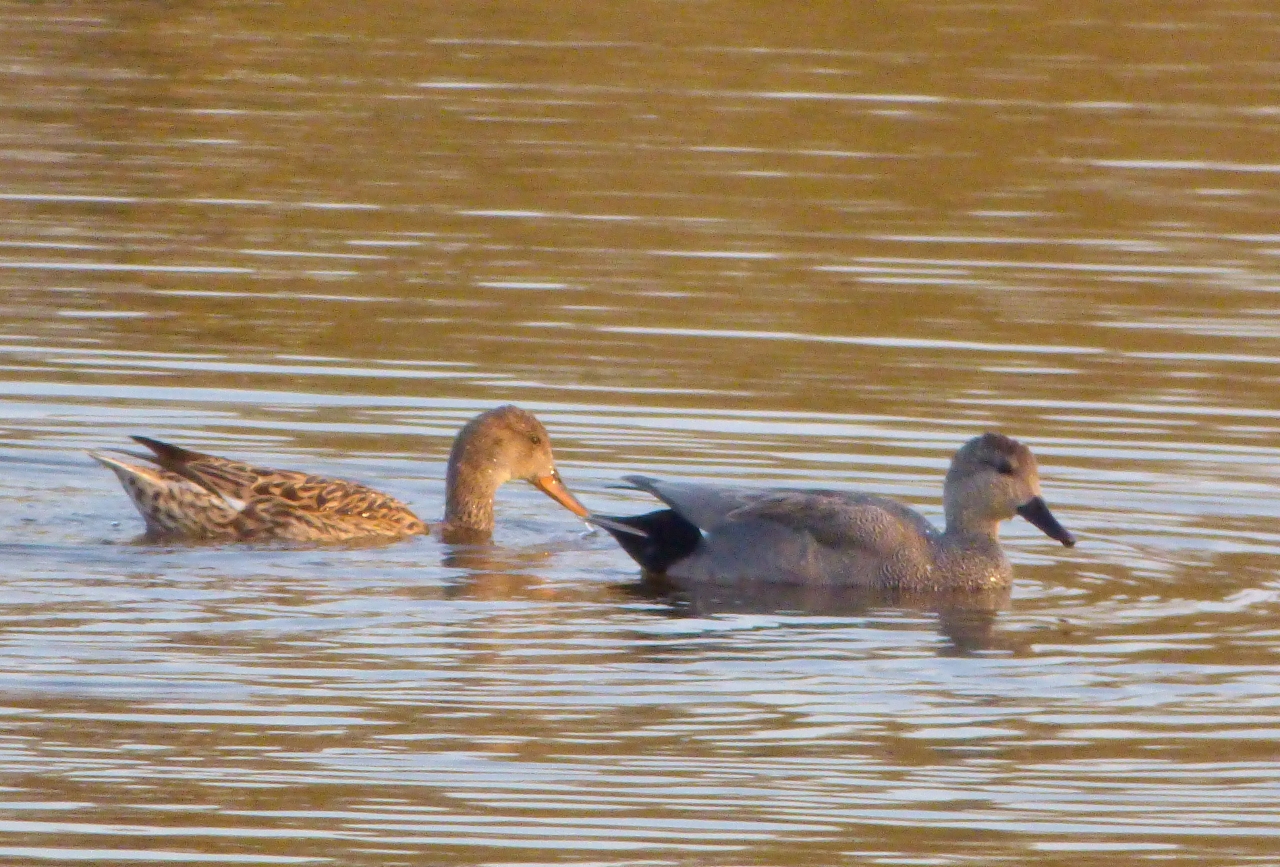
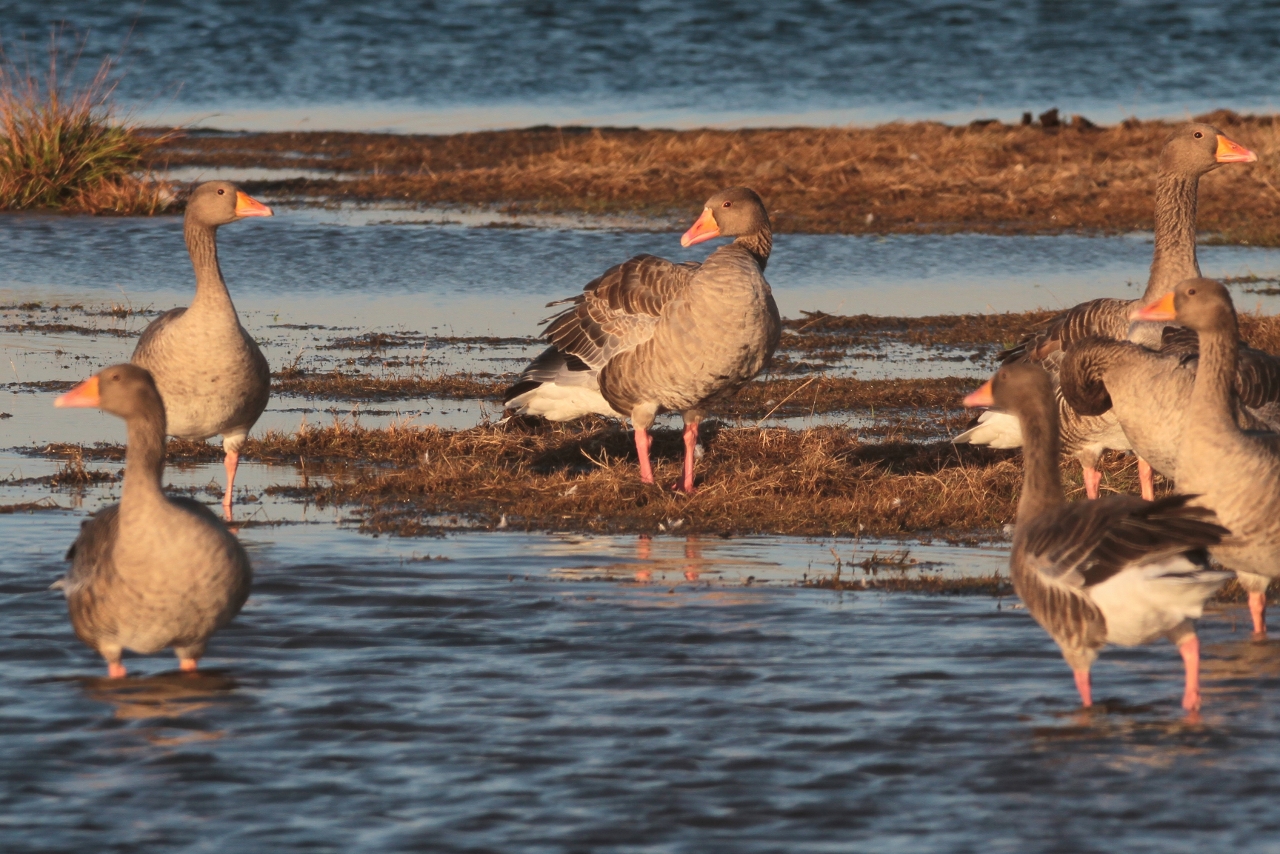
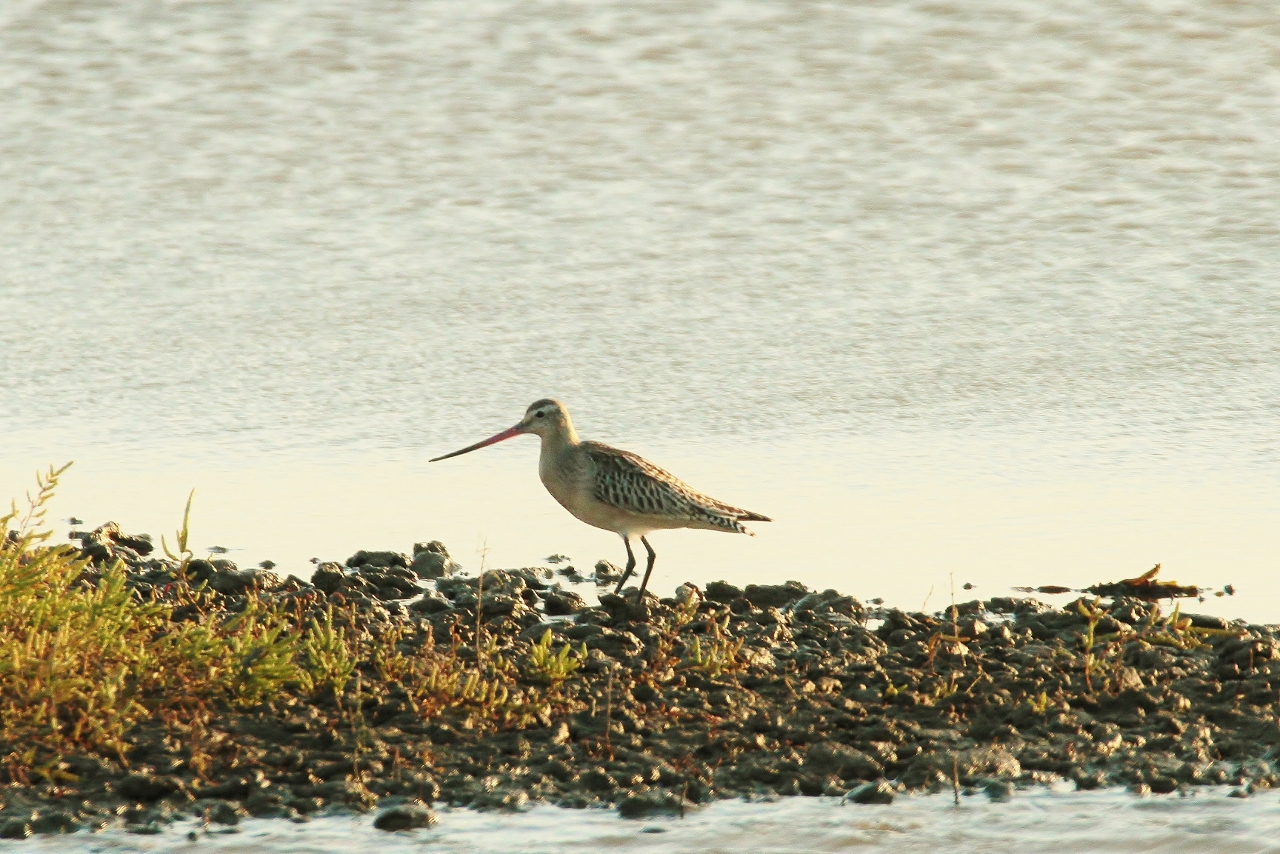
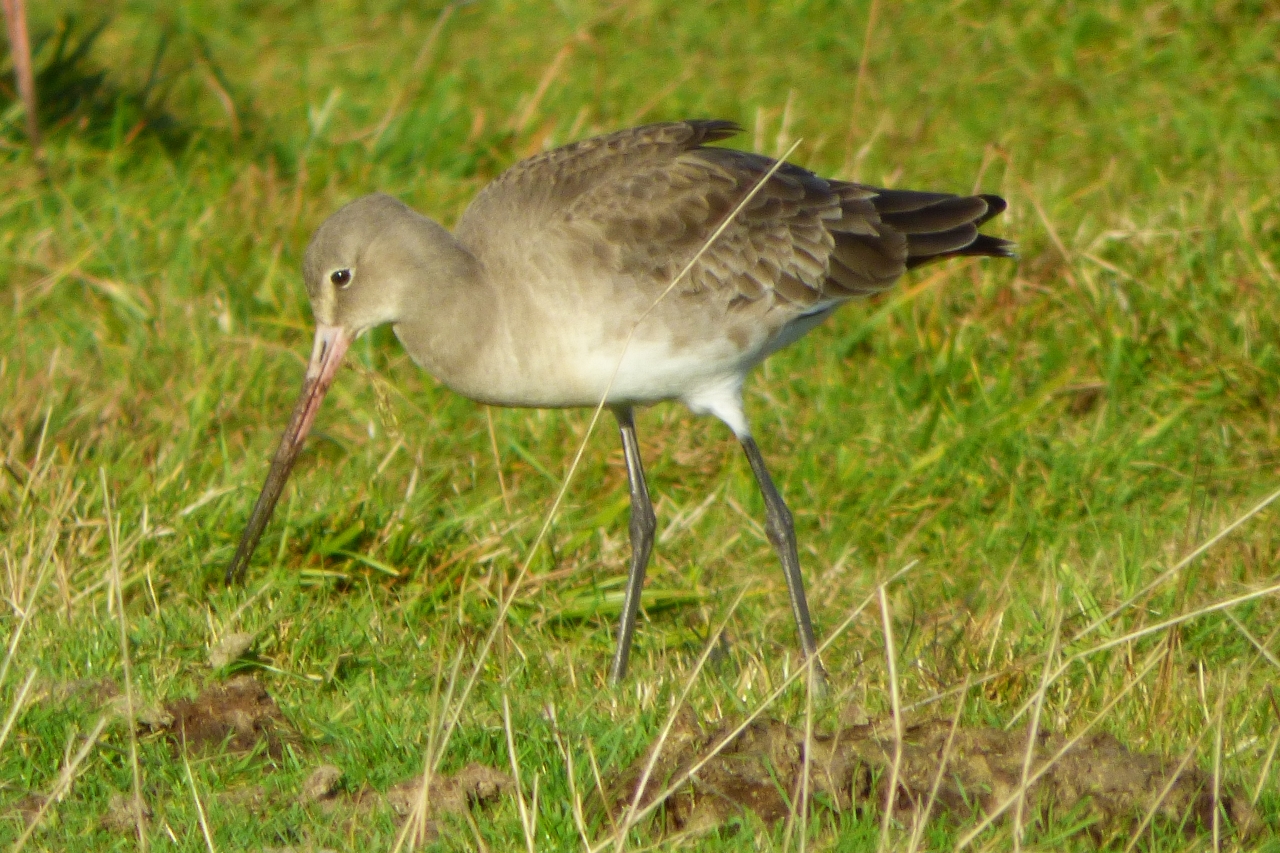
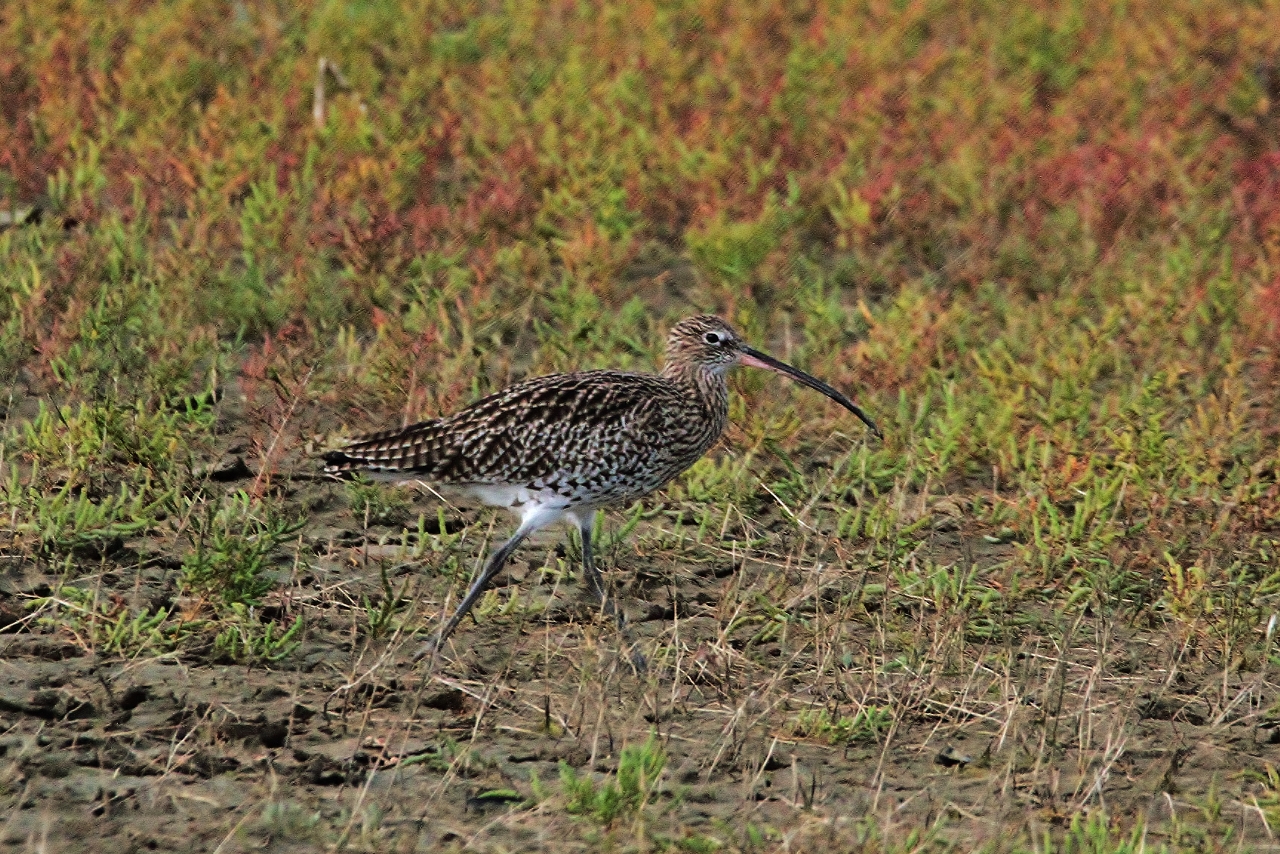
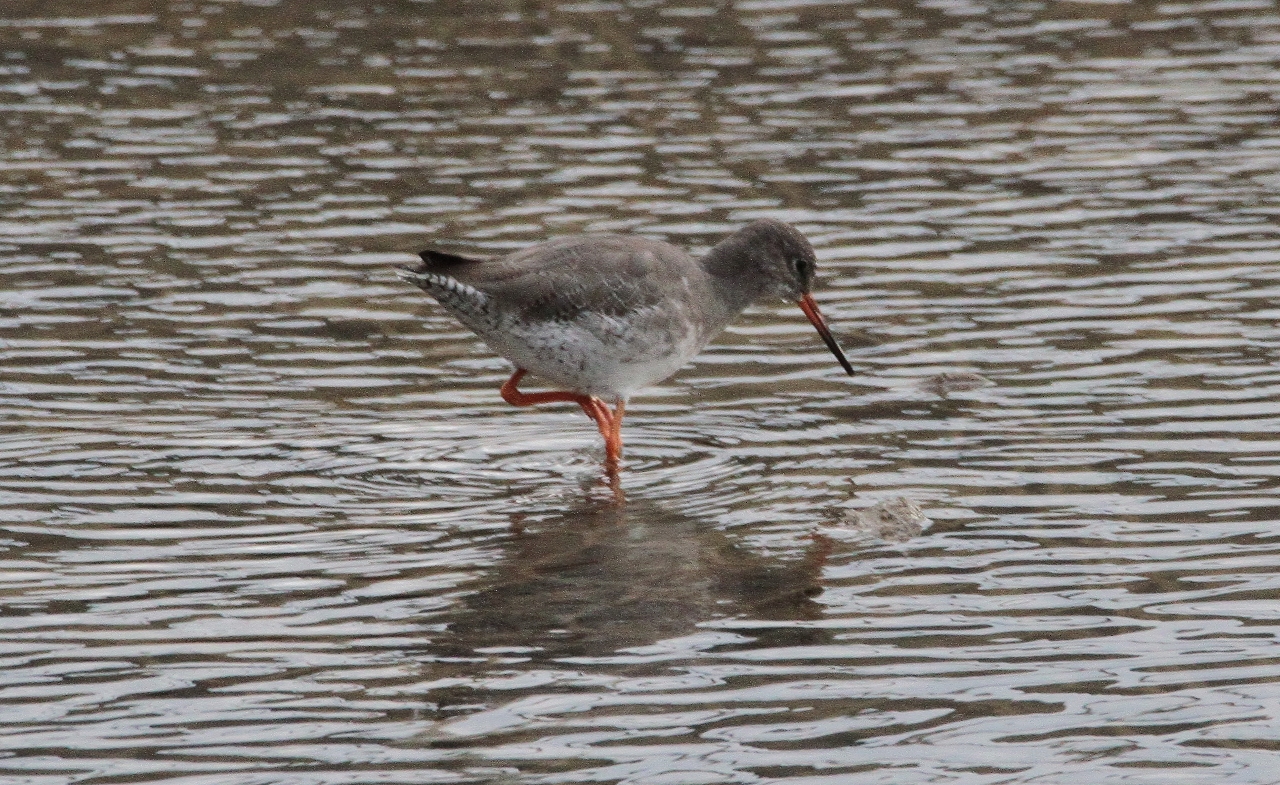
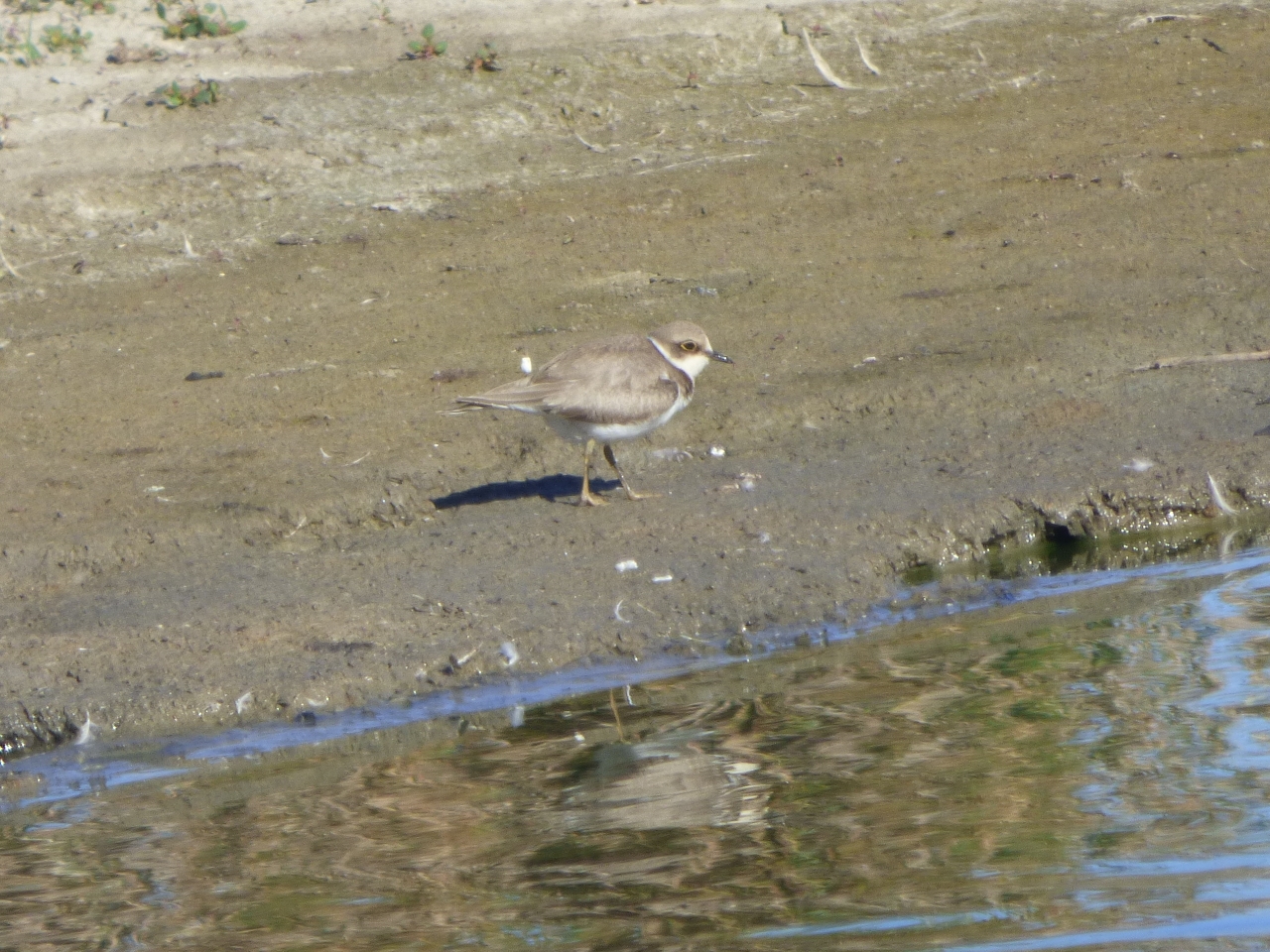
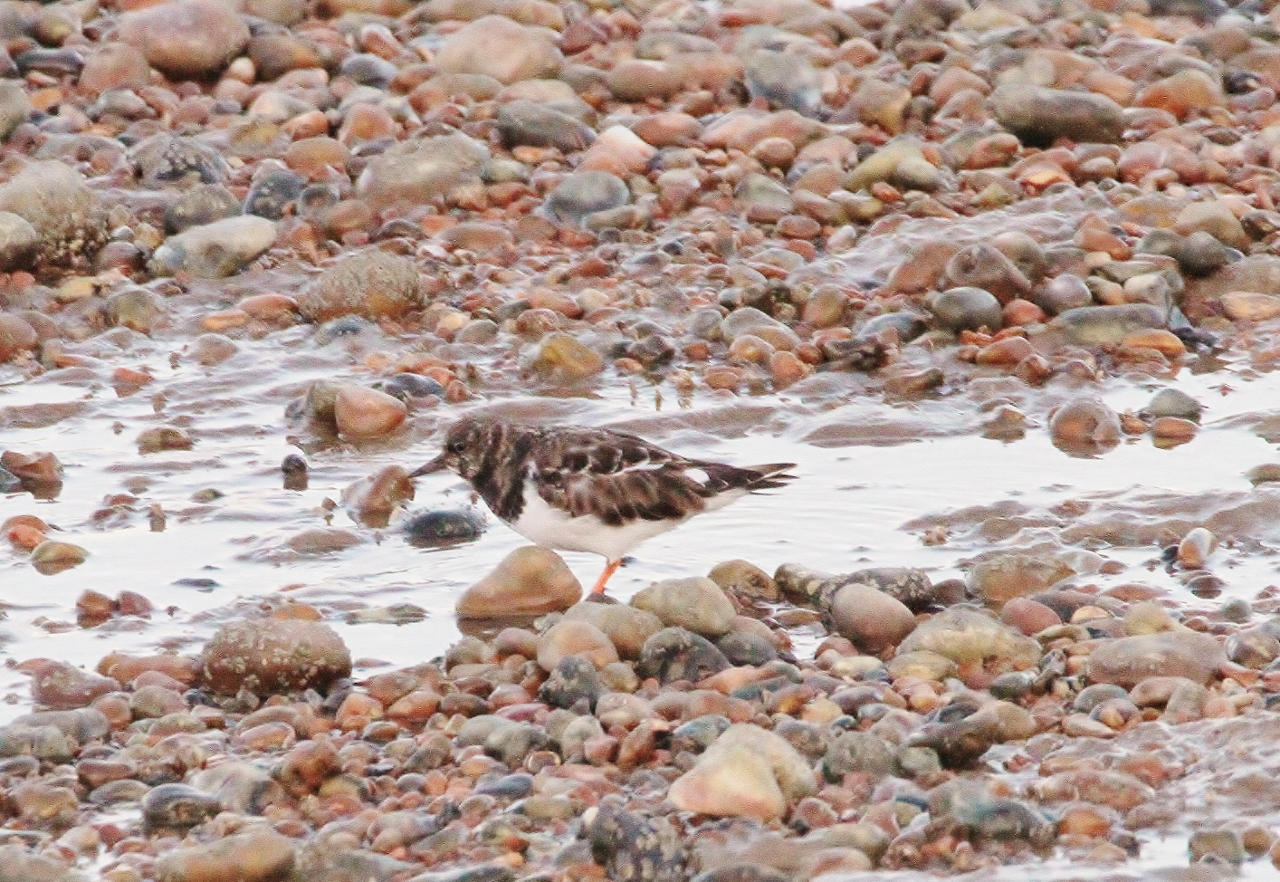
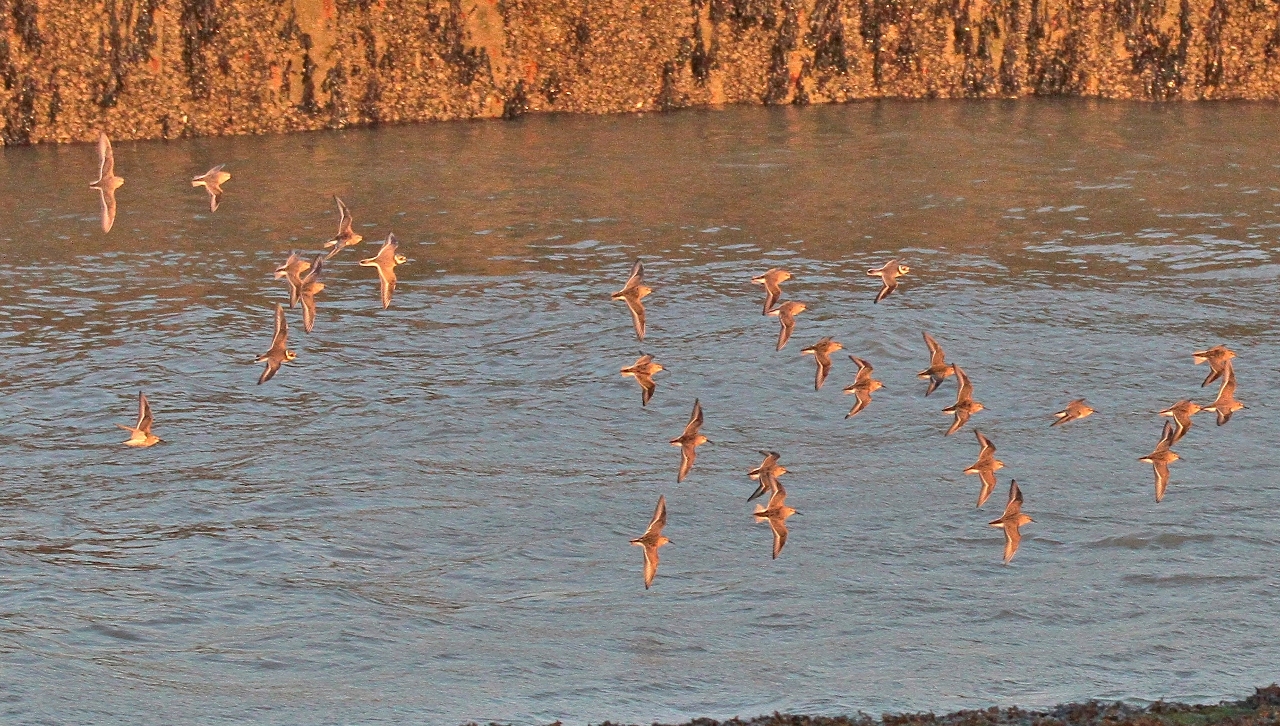
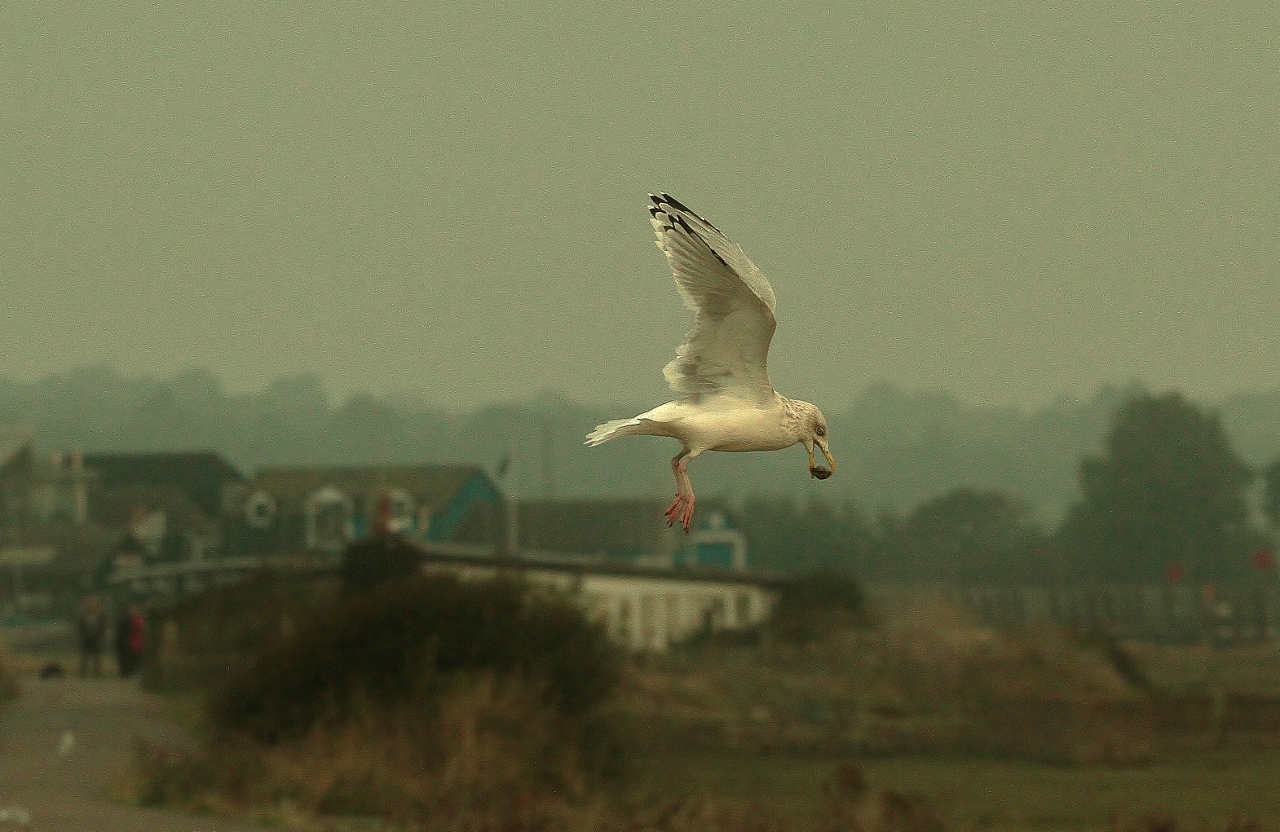
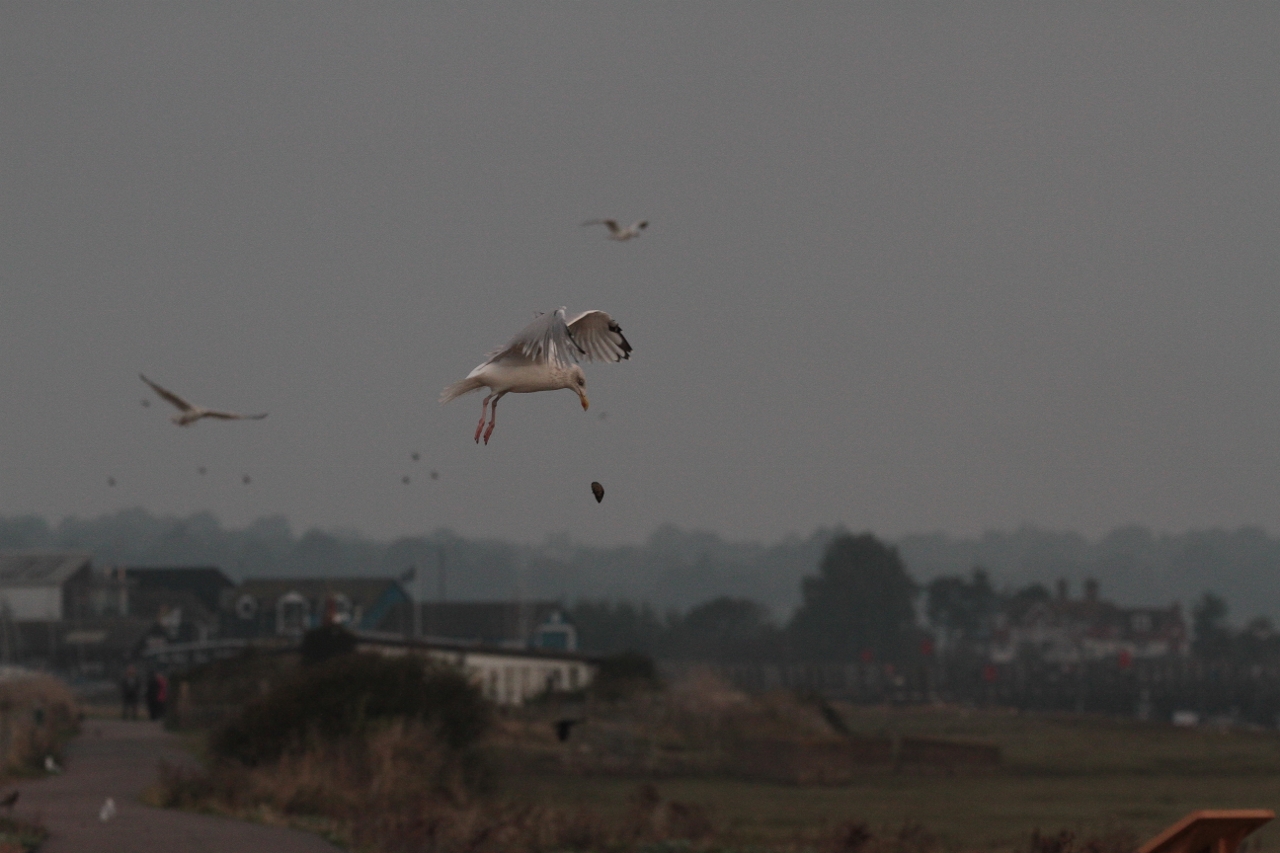
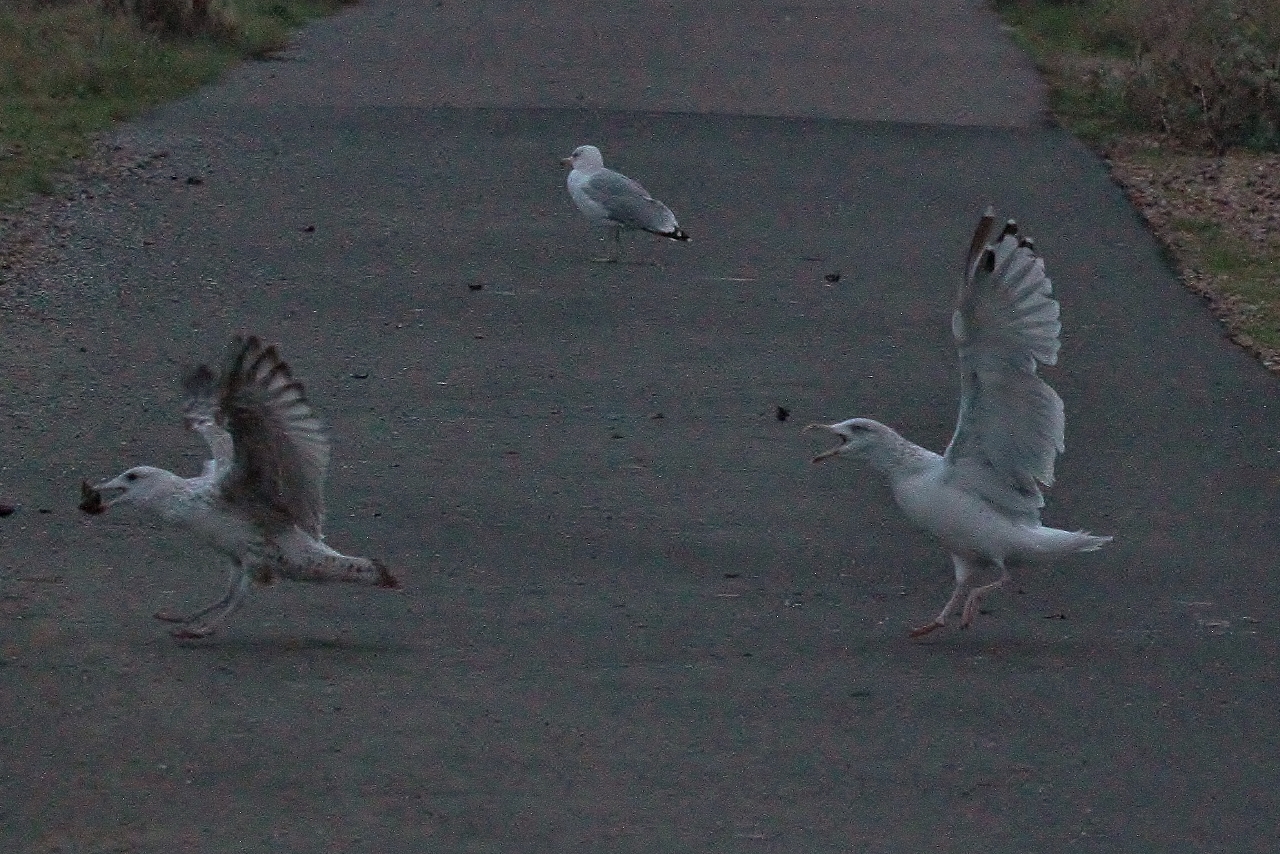
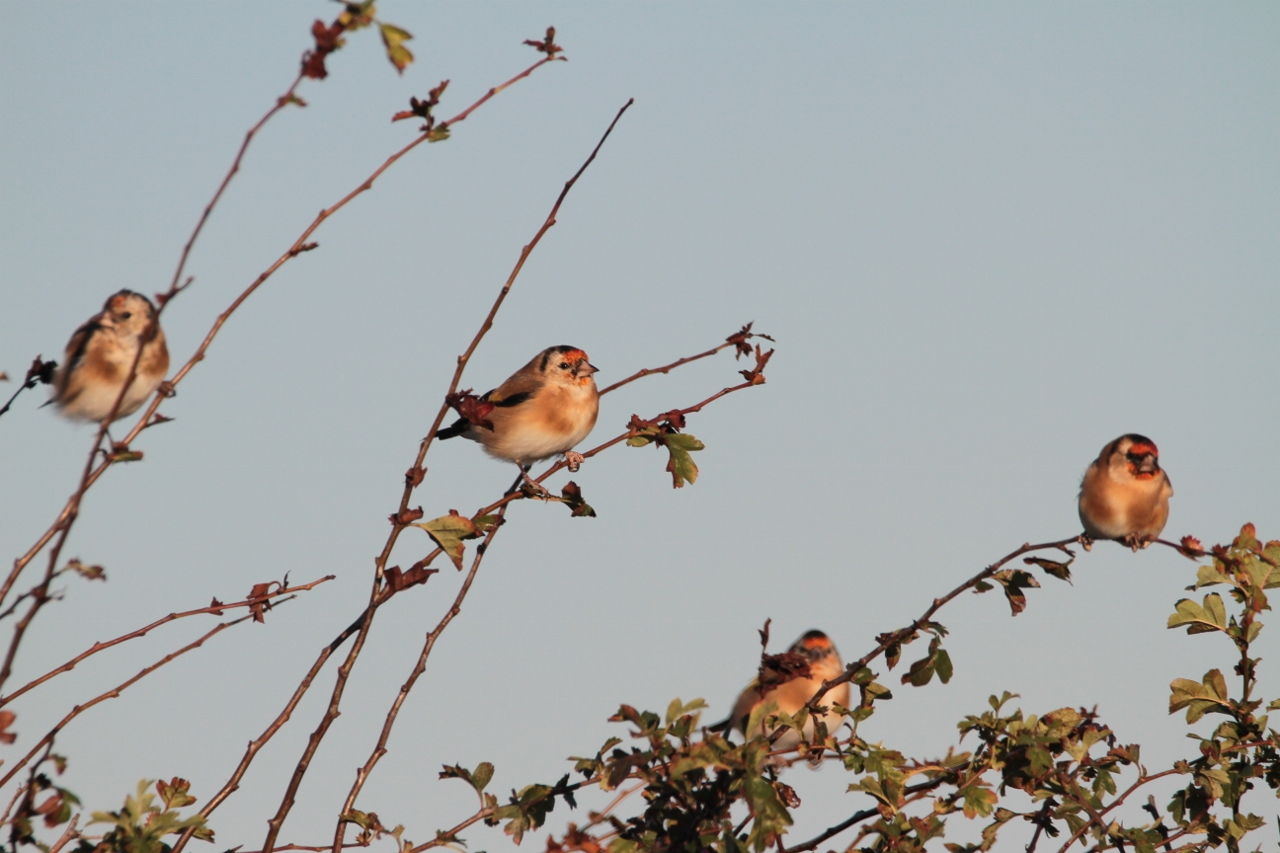

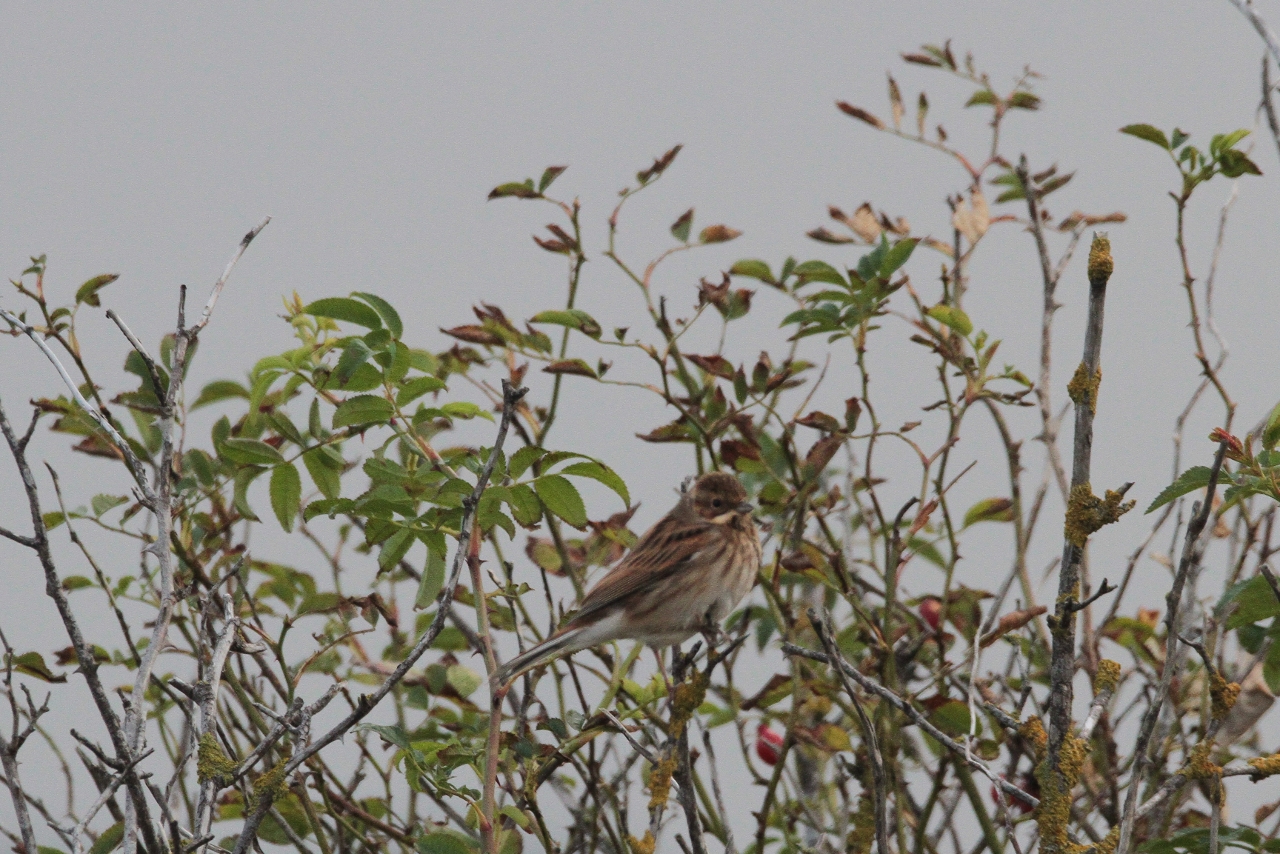
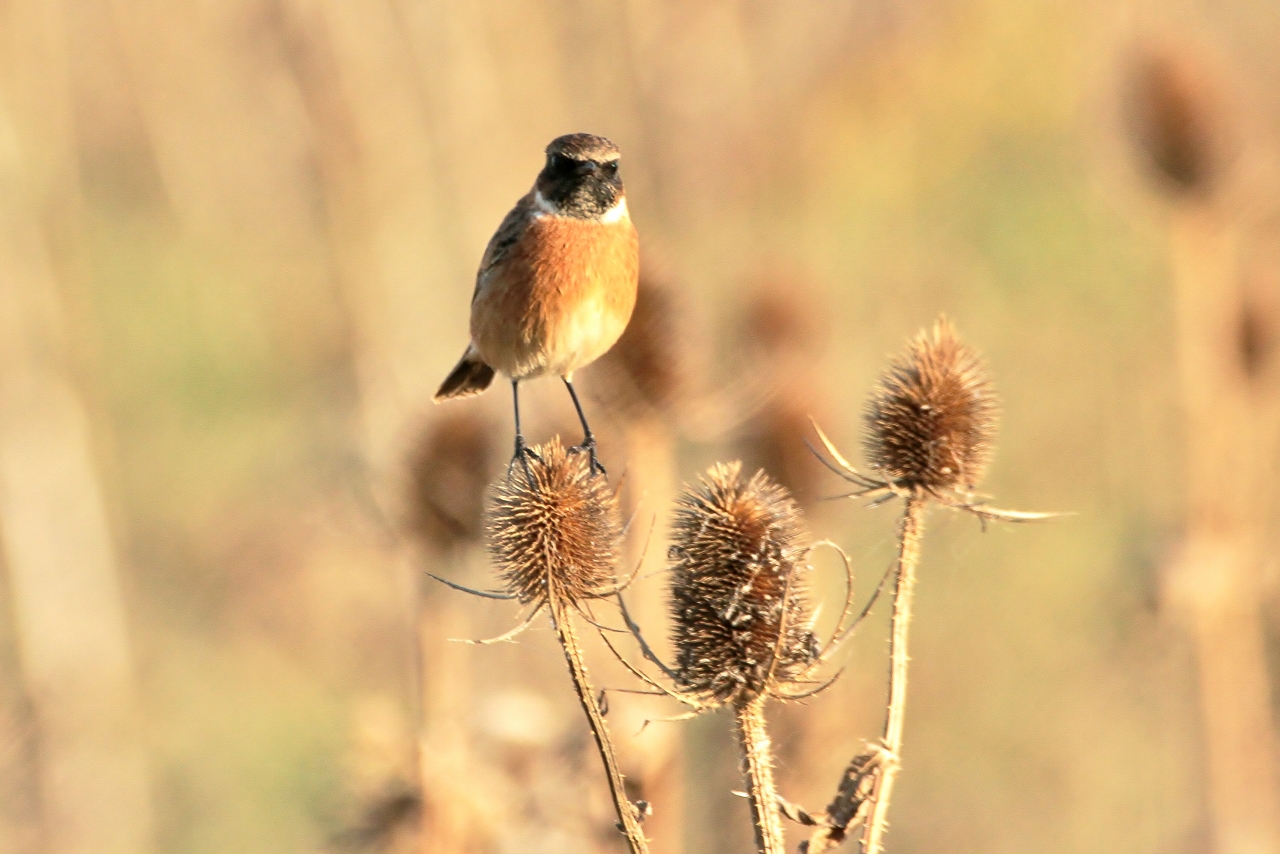
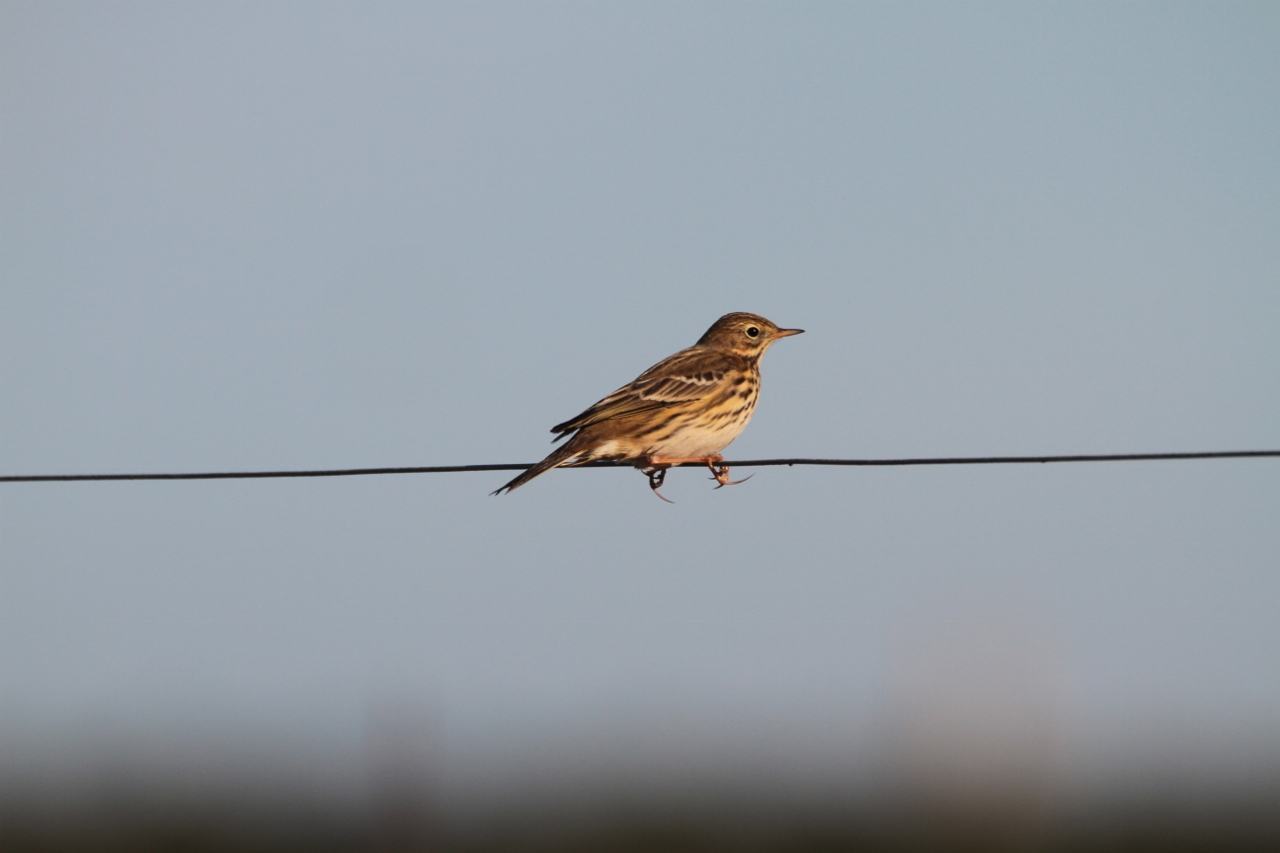
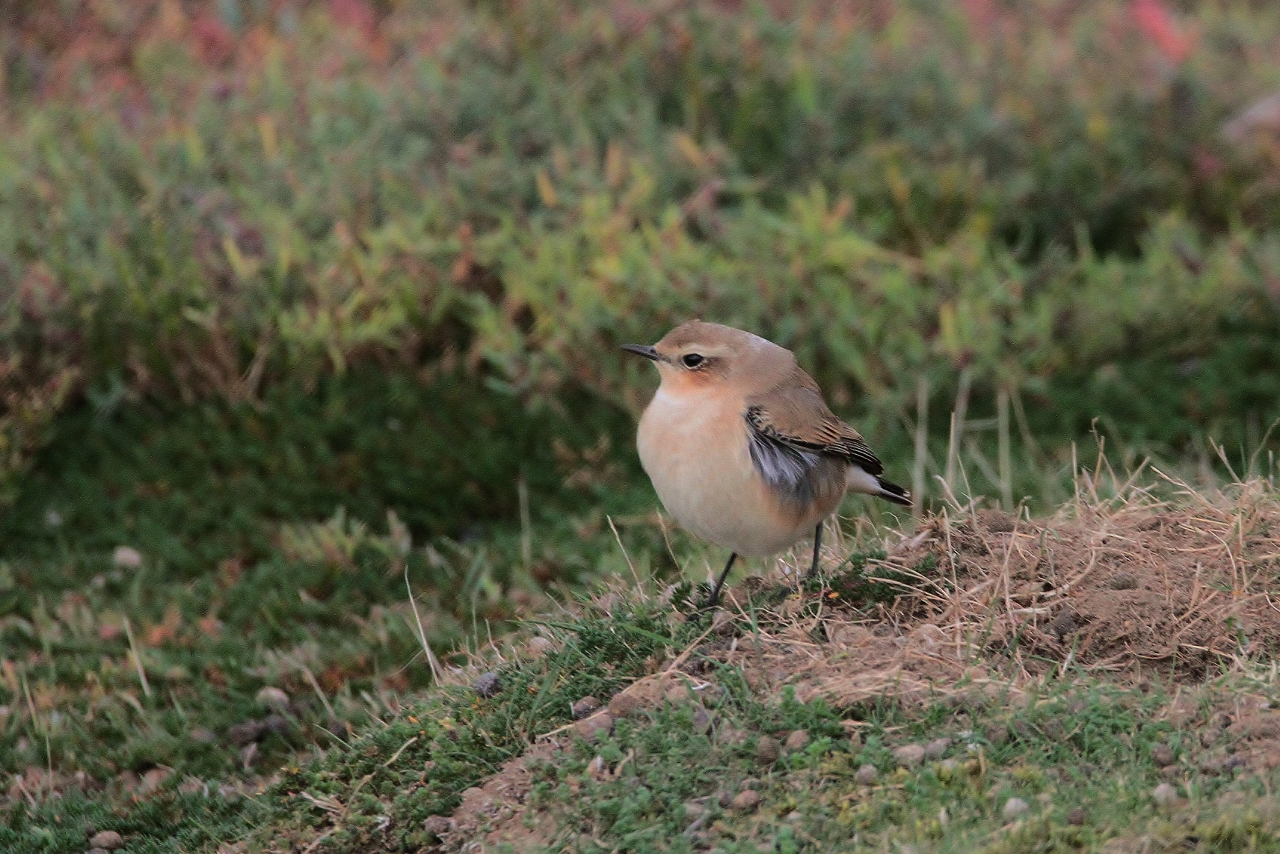





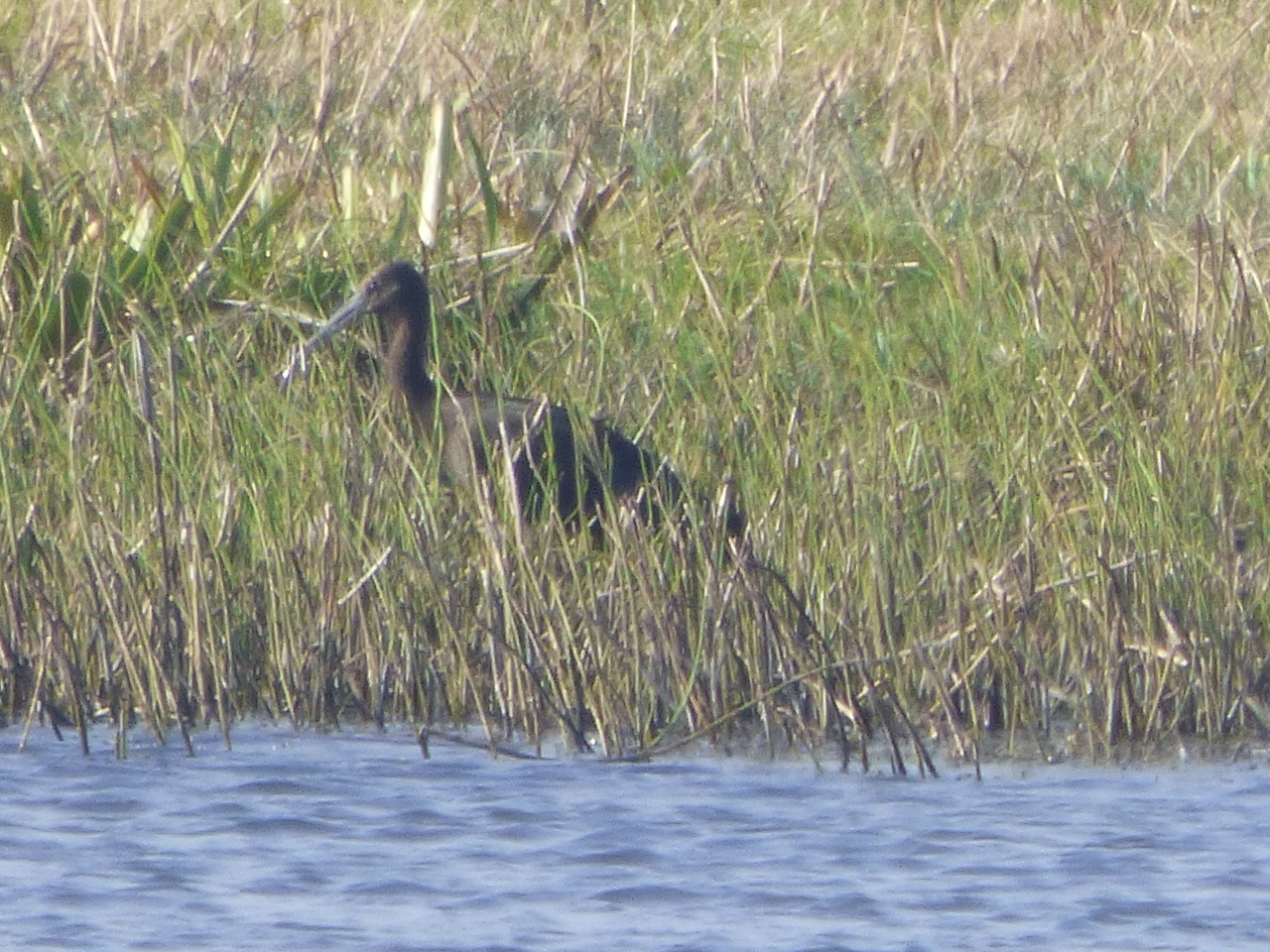
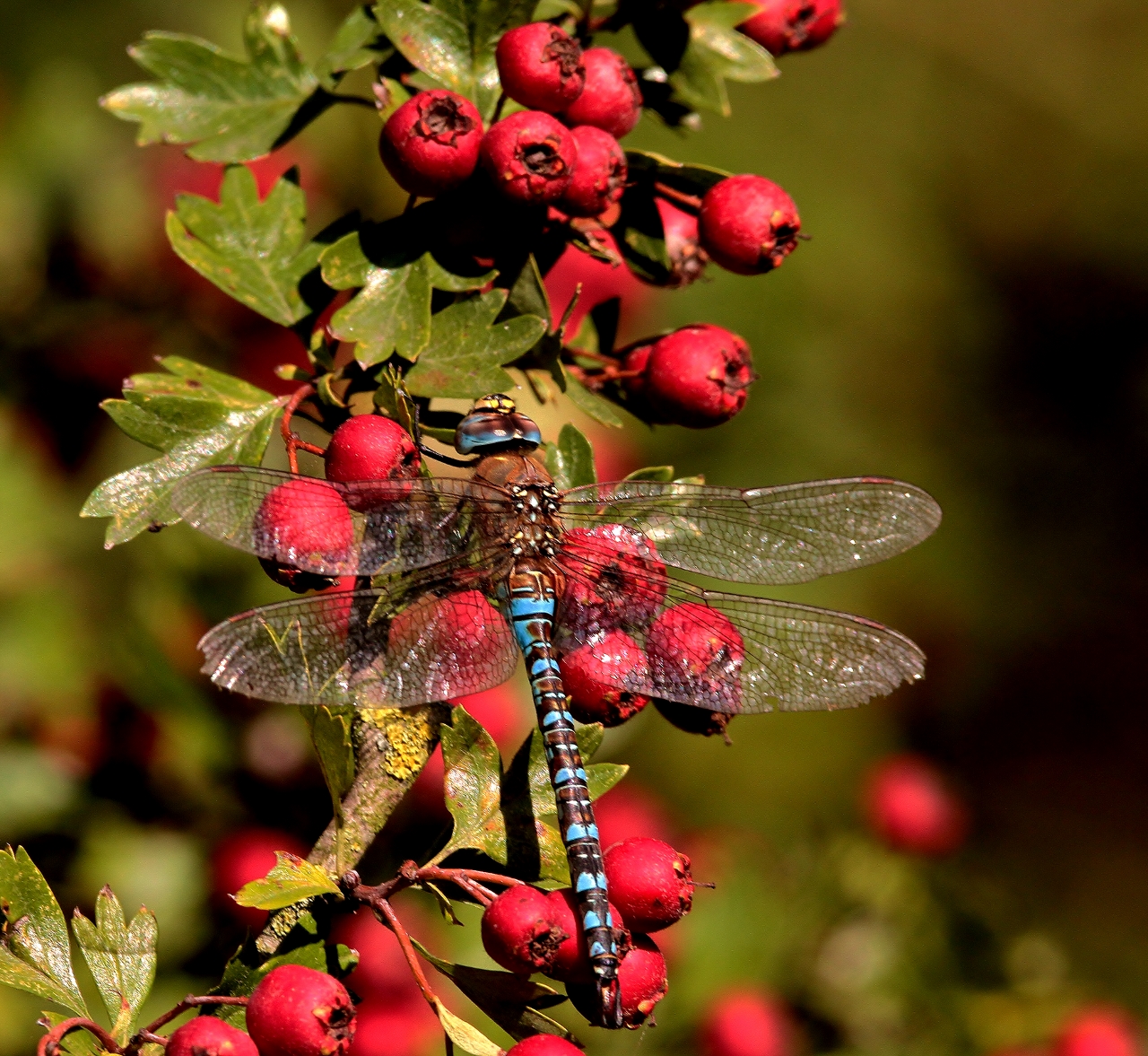
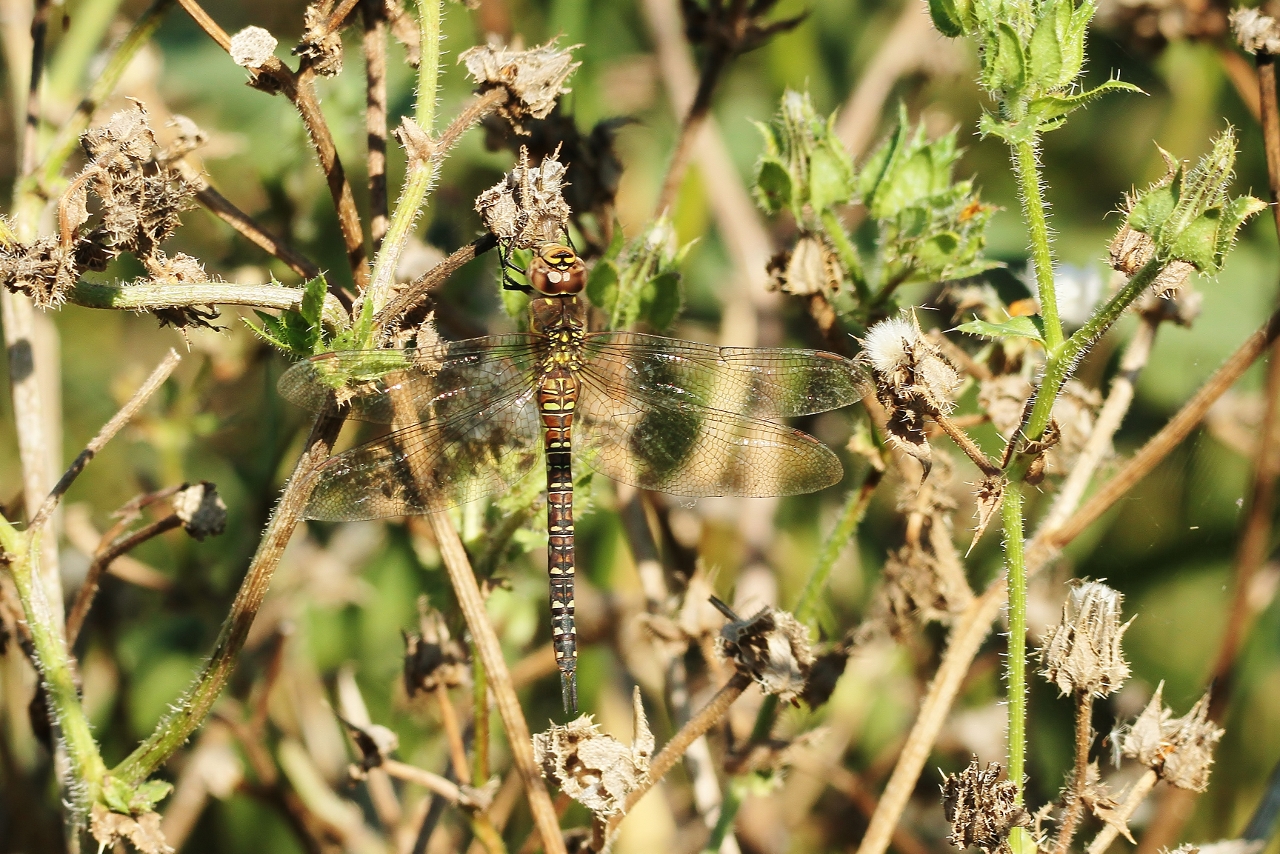
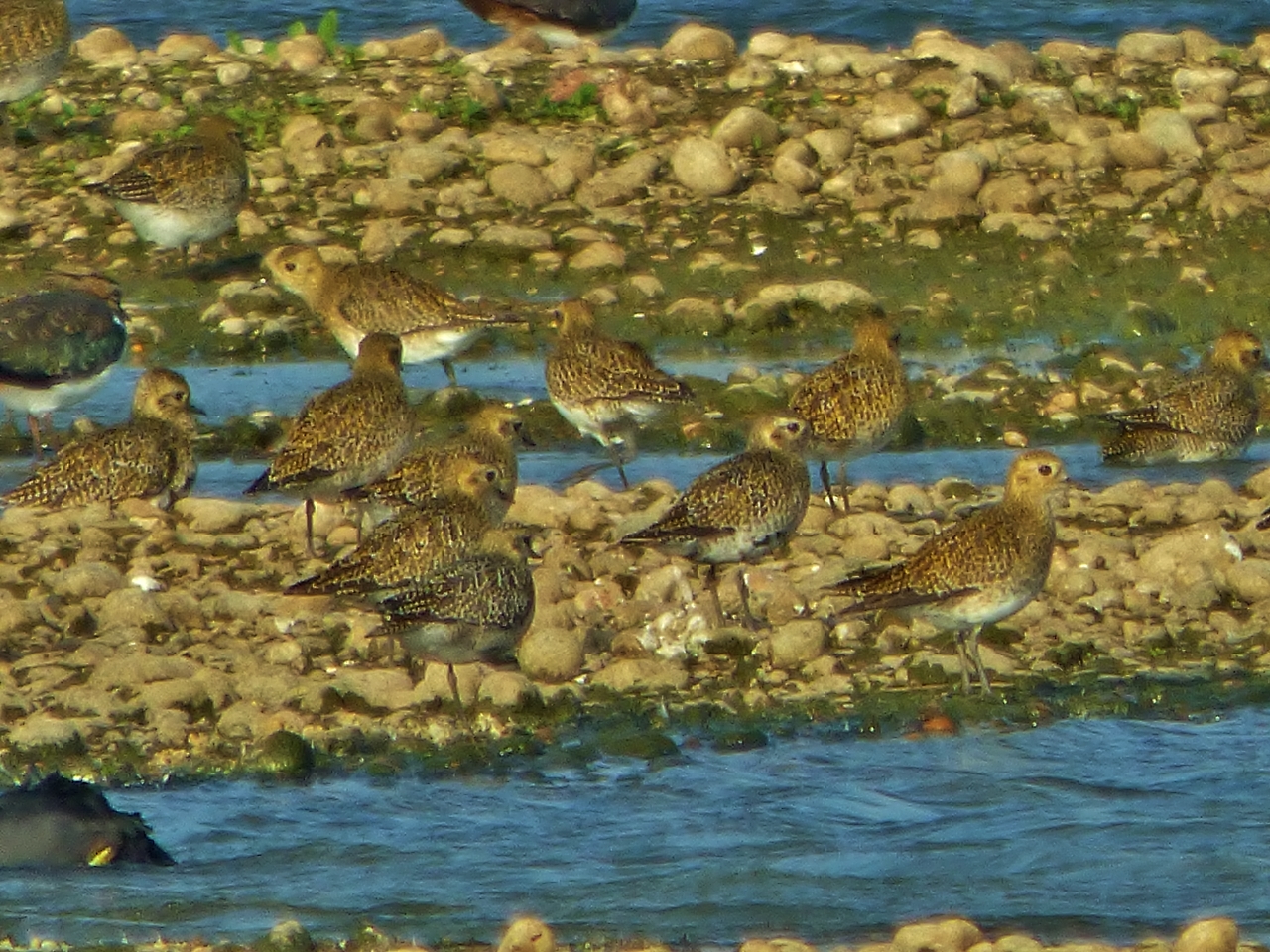
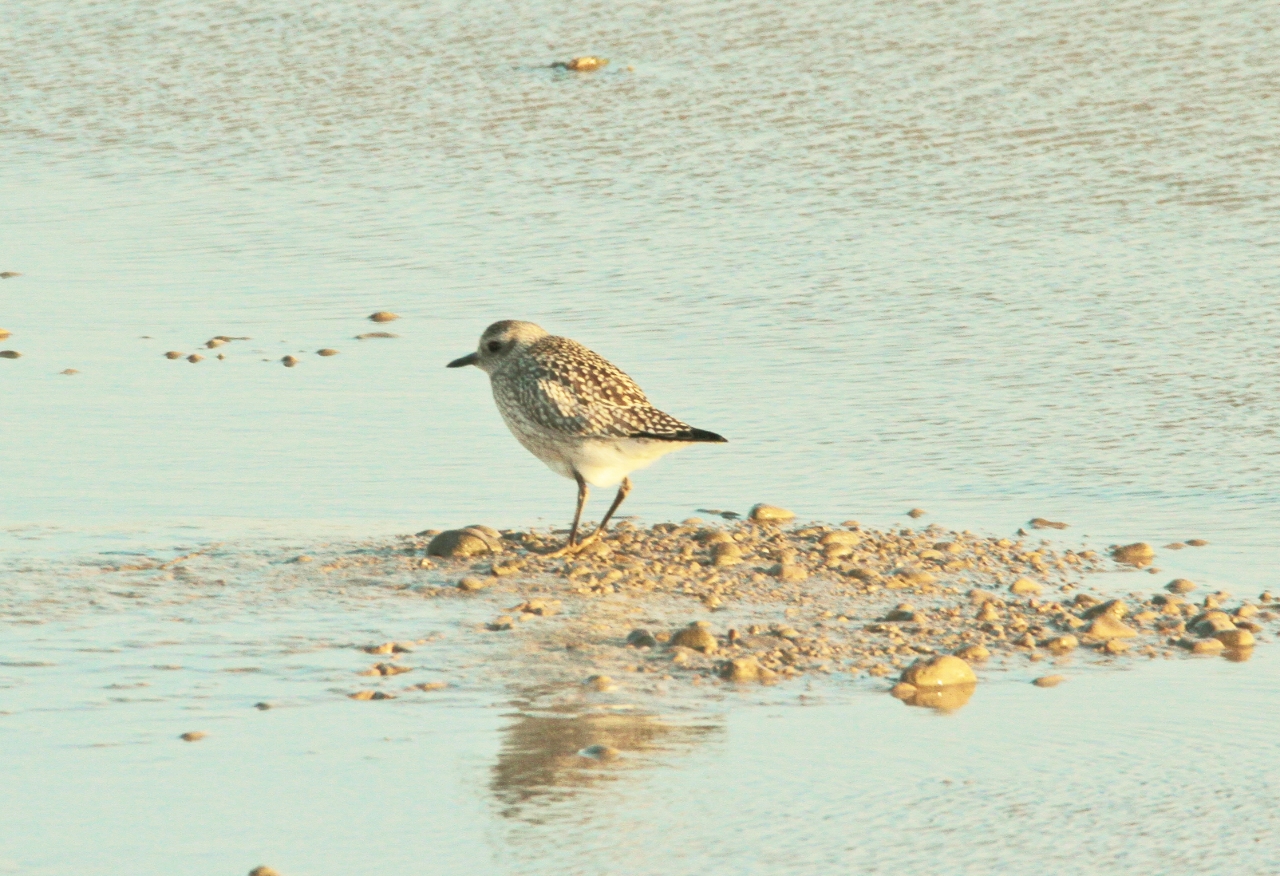
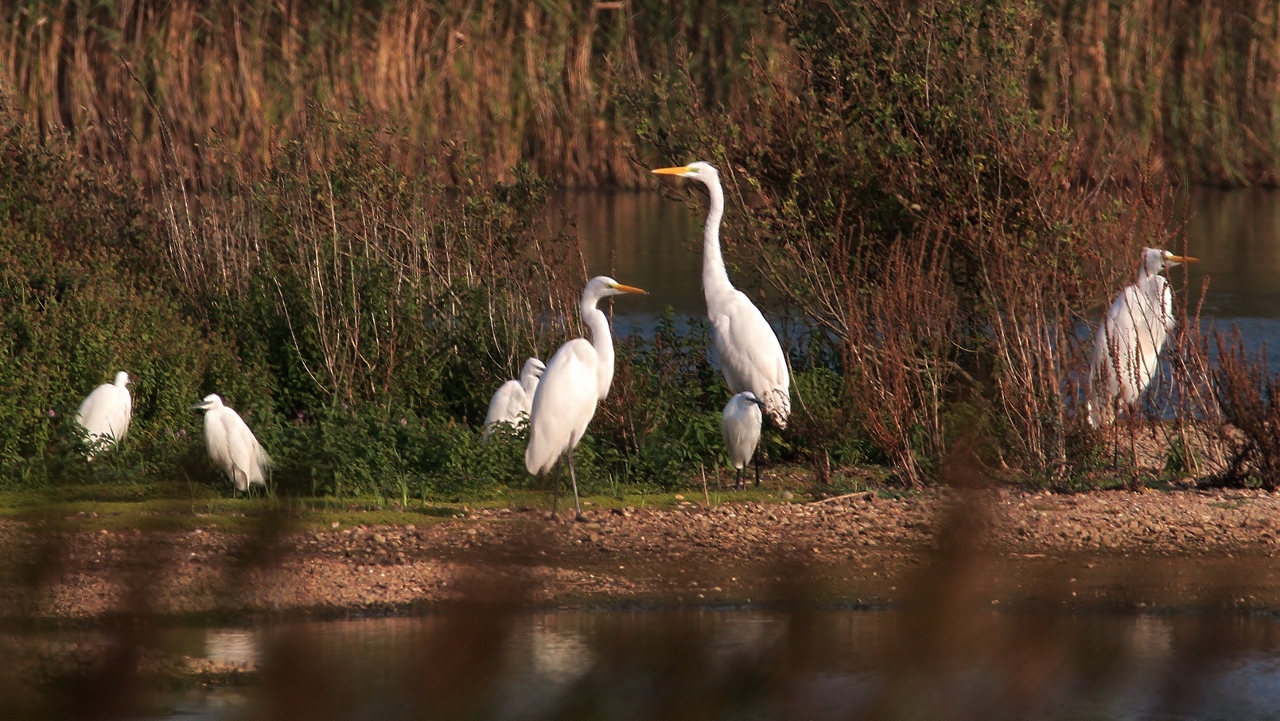
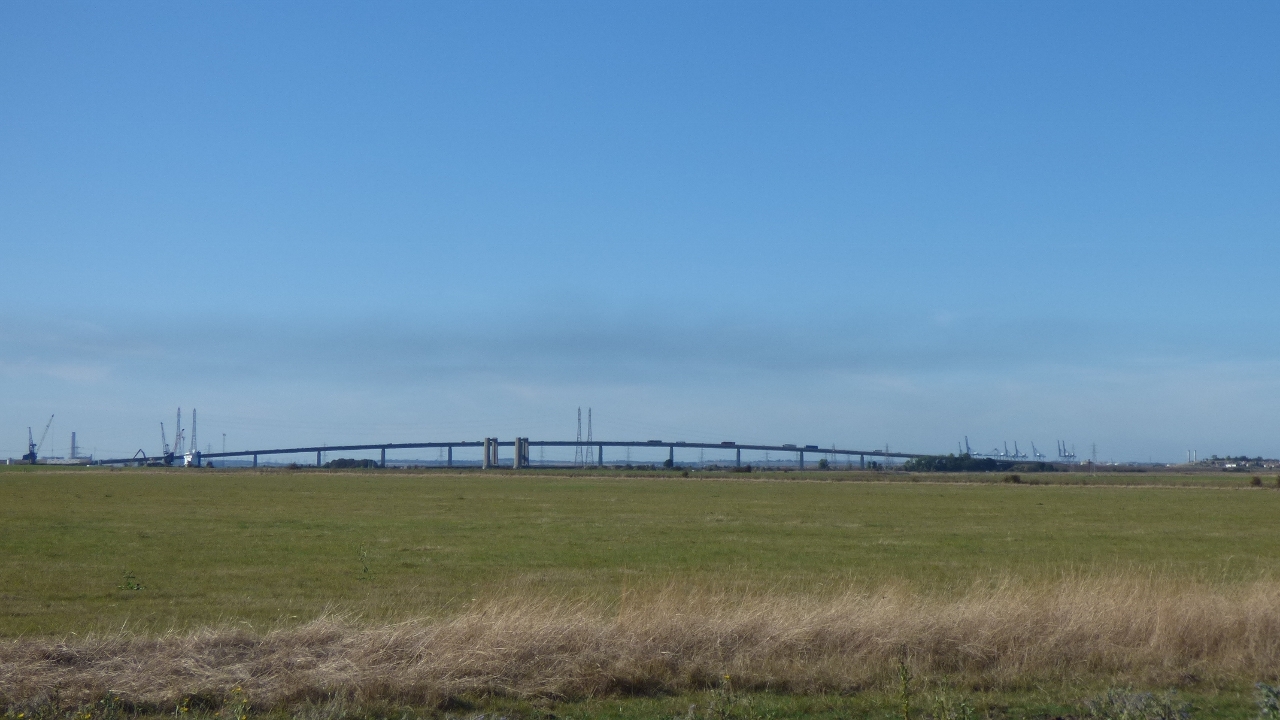

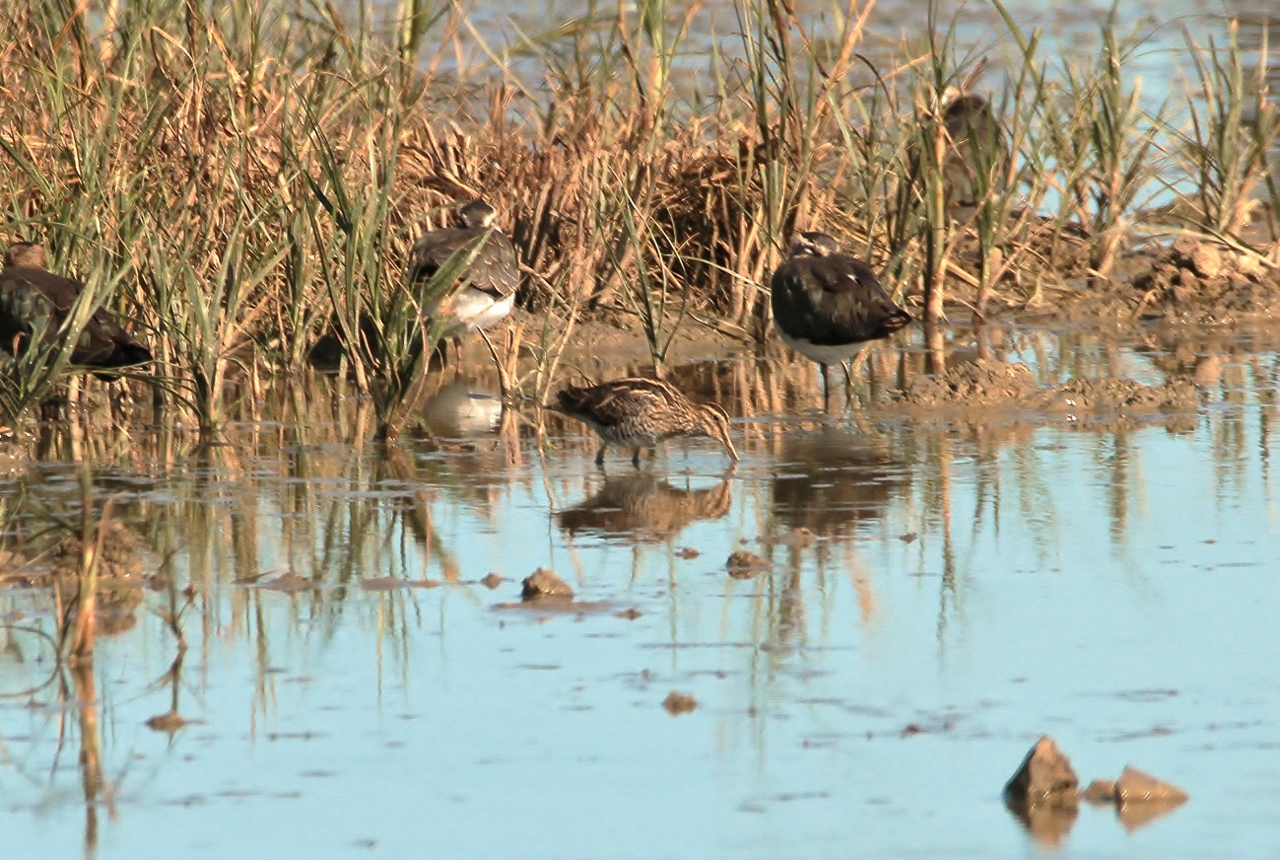
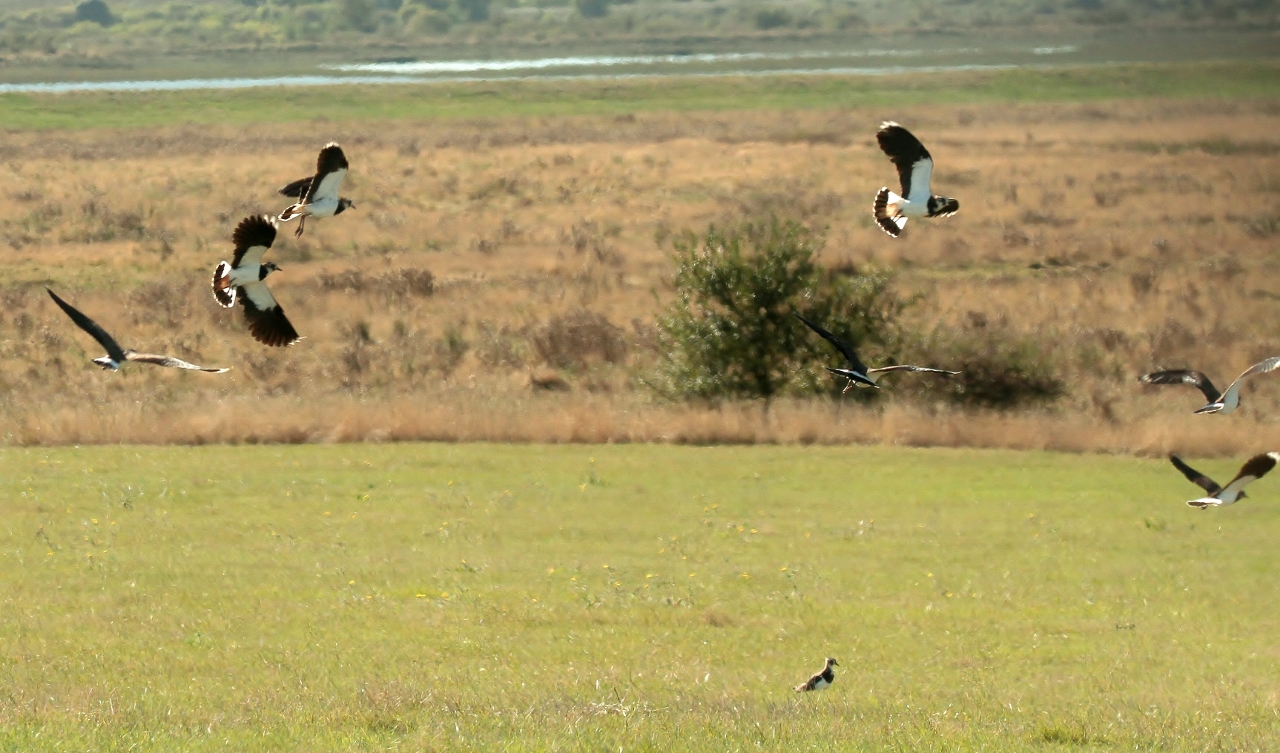

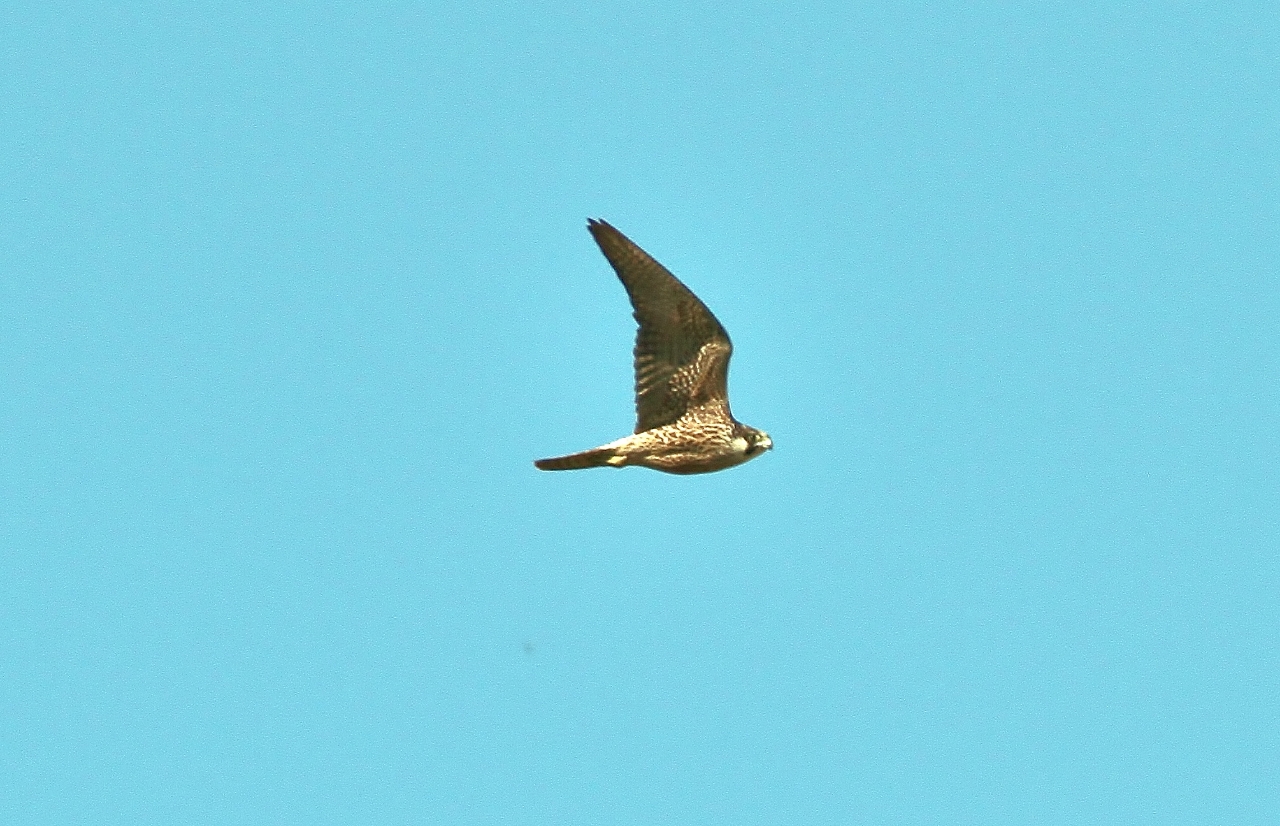
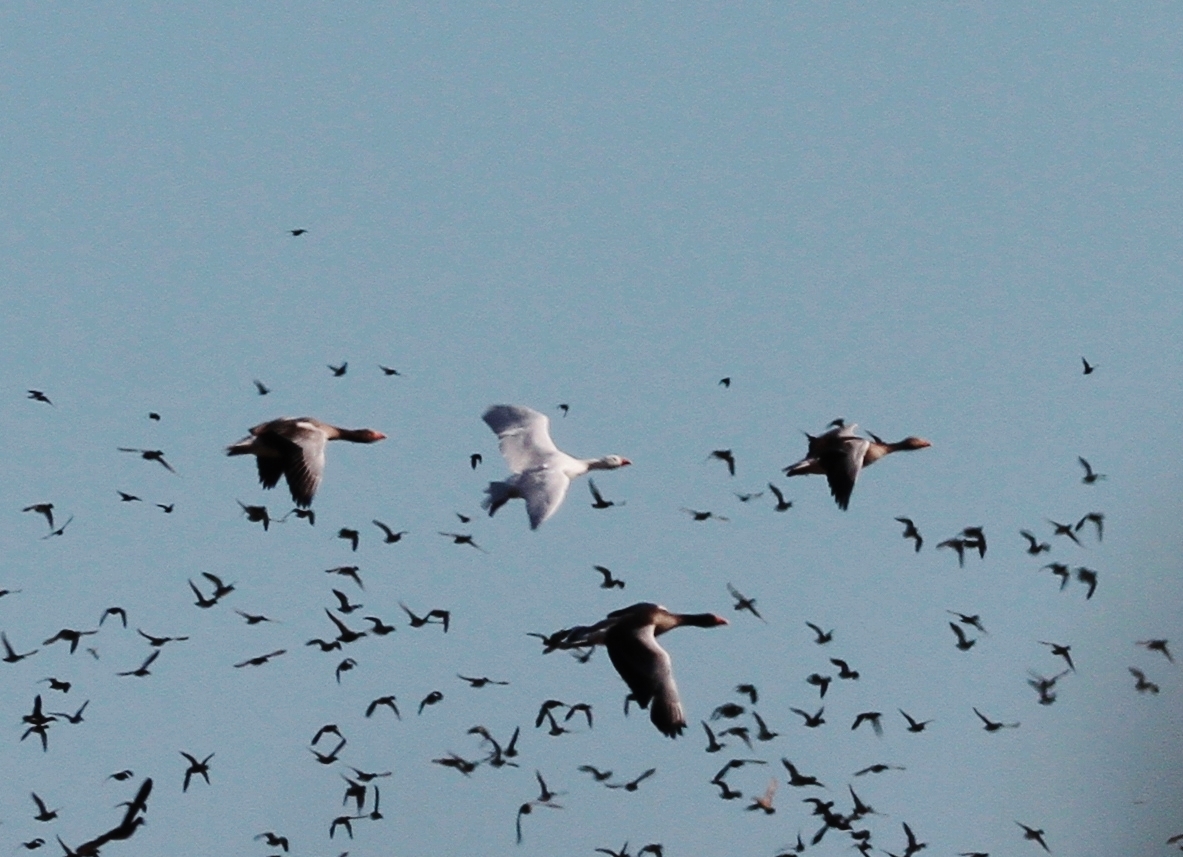
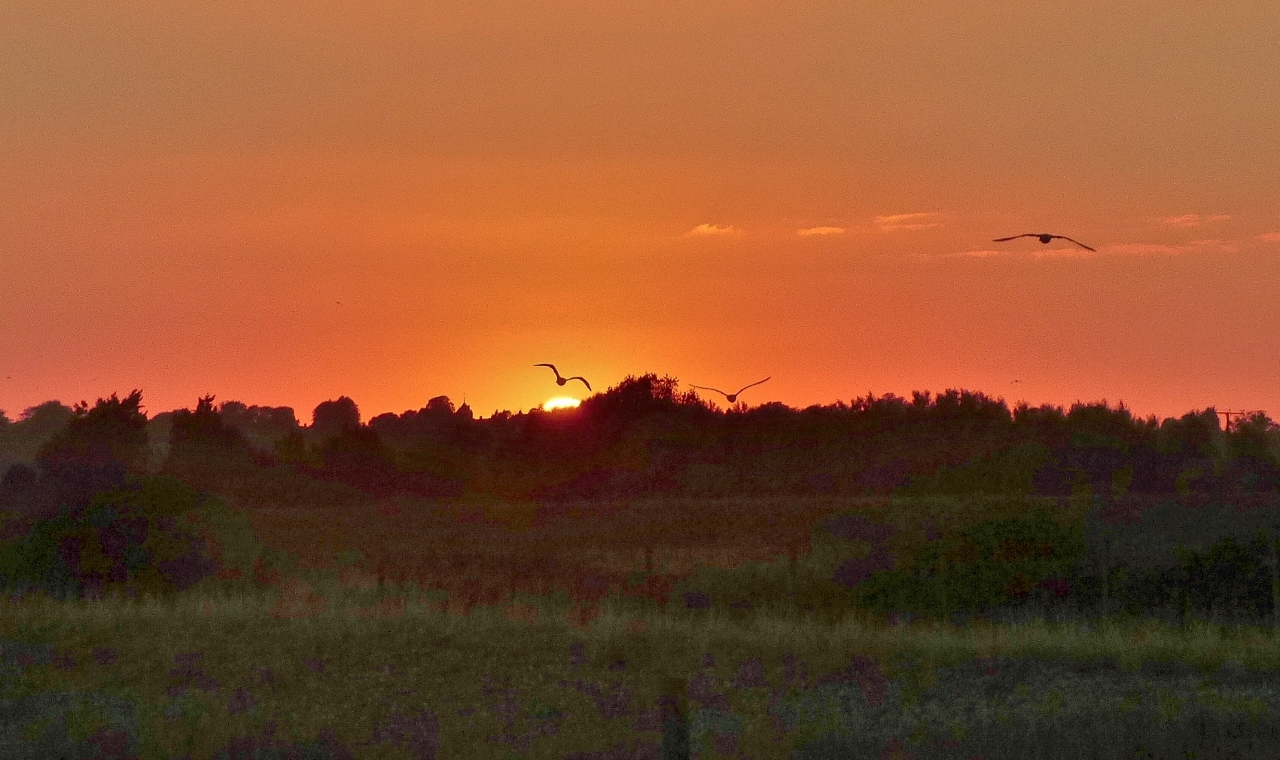
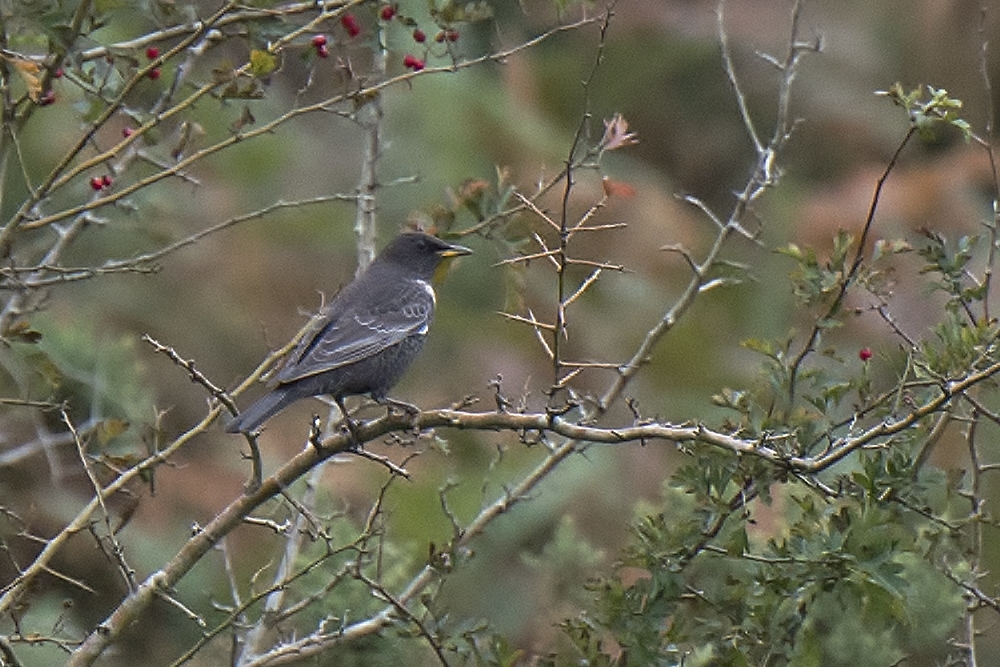
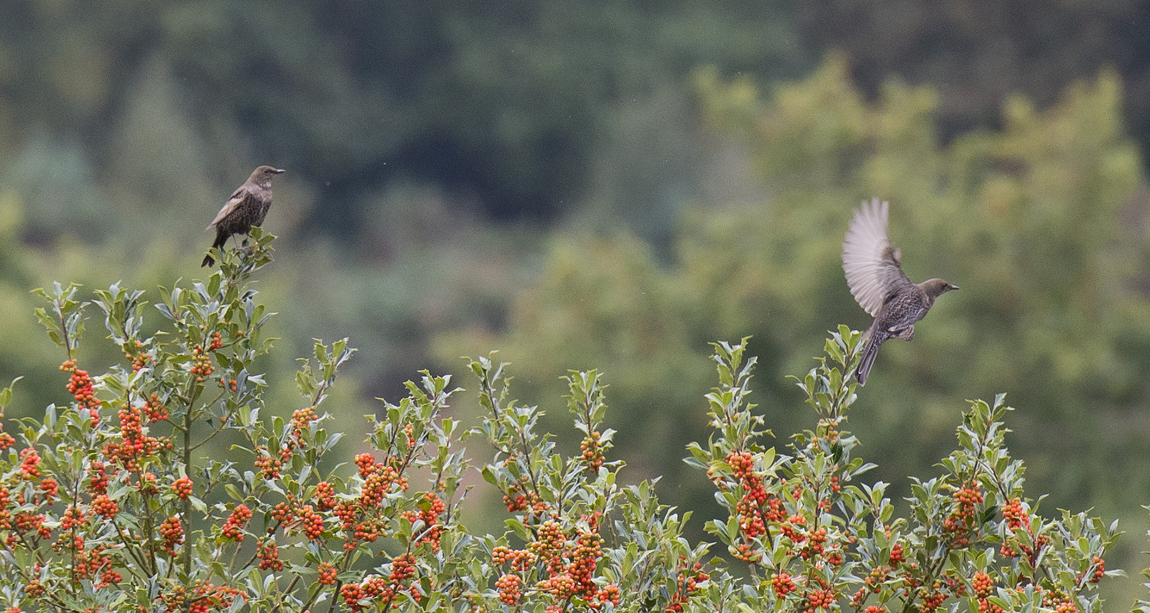








Harry Eve
October 23, 2016 at 5:37 pm
Thanks Malcolm for the tip on how to photograph dragonflies in flight (See previous Birdwatcher’s Diary). This time the dragonflies are male and female Migrant Hawkers and Dungeness is a great place to watch them whirling around like miniature helicopters in late summer. The Southern Hawker is larger and has a pair of prominent yellow bars on top of its thorax. It also has a clearly undivided mark (blue in the male) at the end of its abdomen – and that is part of its “jizz” in flight. Southern Hawkers also have a habit of approaching people for a closer look. They are completely harmless to us but I have met a few anglers who claim to have been stung by them despite dragonflies having no sting !
Malcolm Fincham
October 29, 2016 at 8:54 pm
Thank you once again to Harry Eve for his contribution of added facts about identification of dragonflies. Always interesting and helpful.